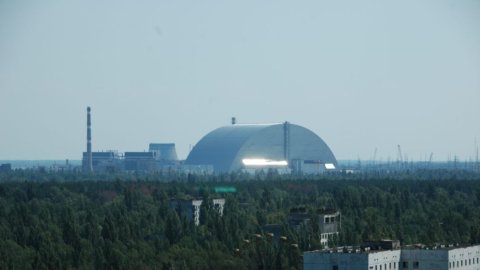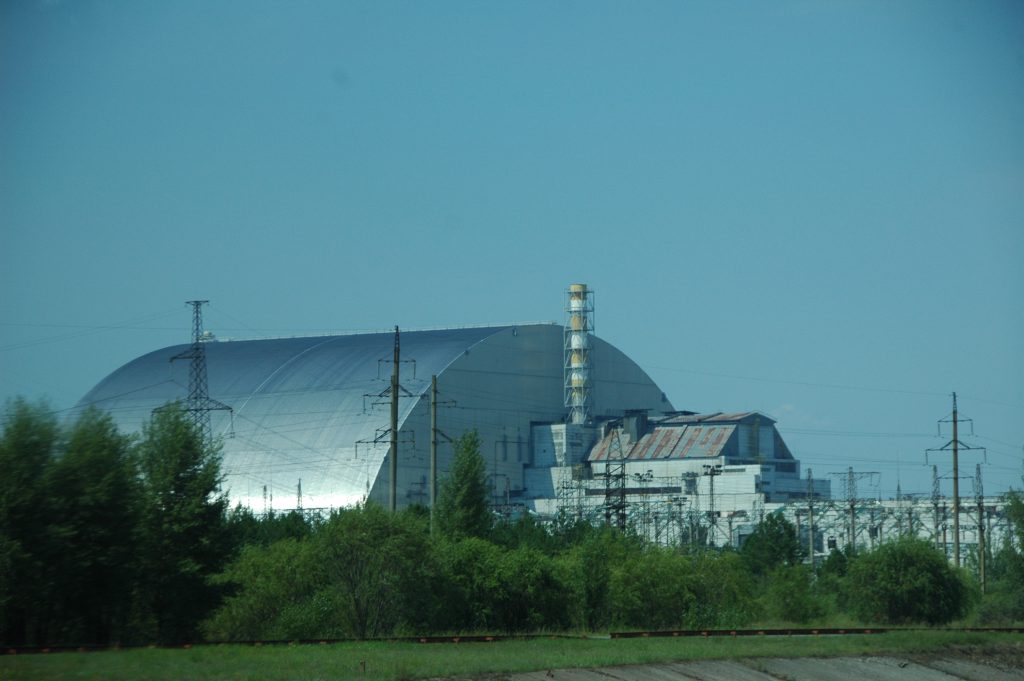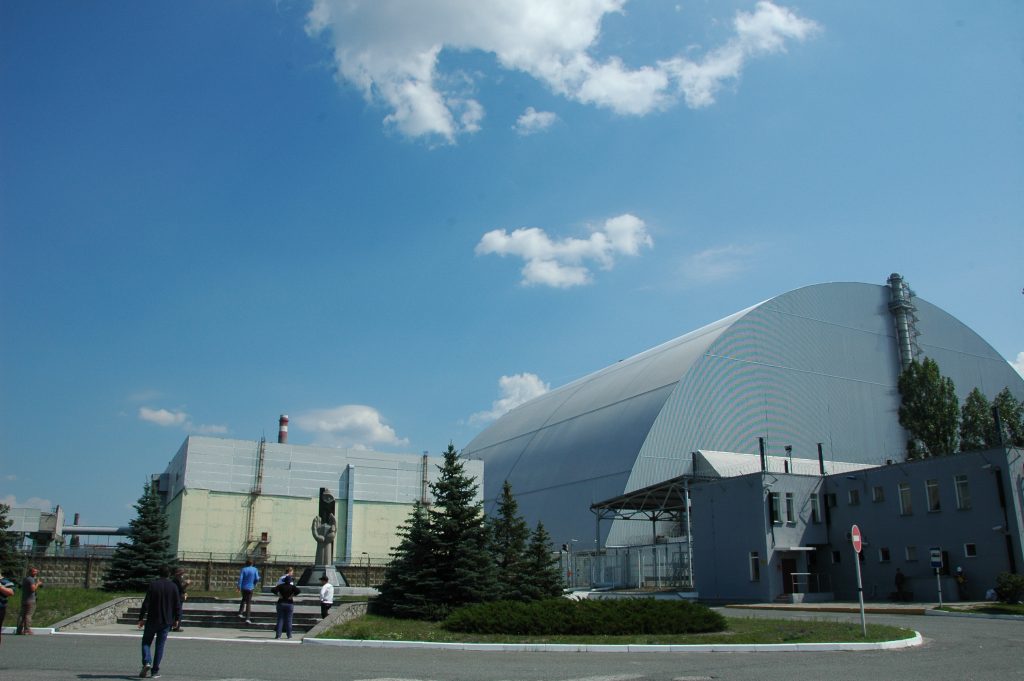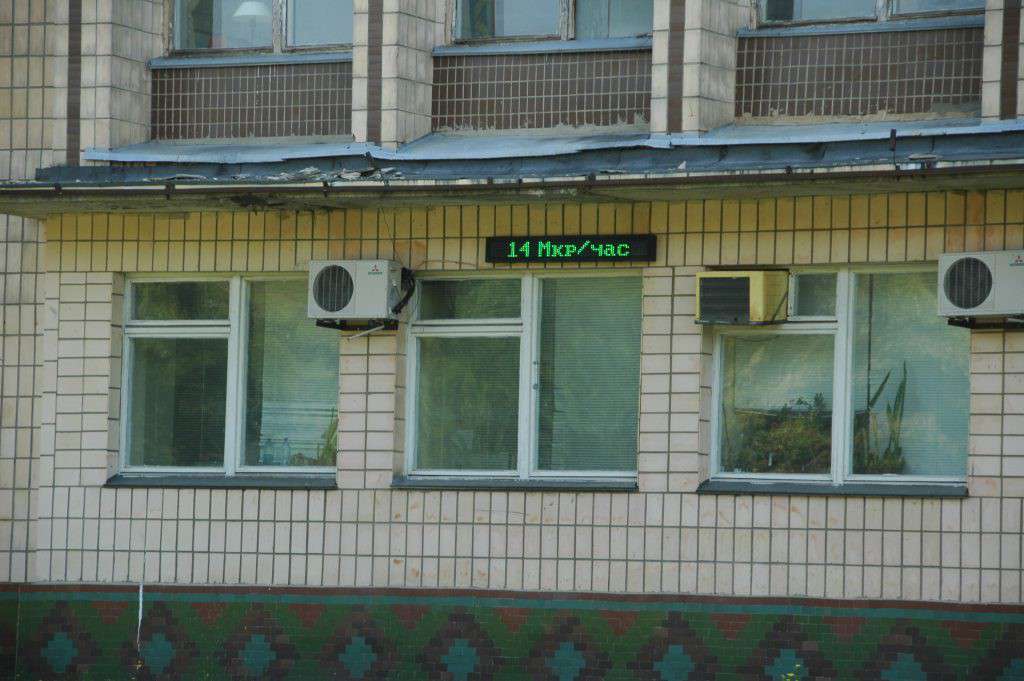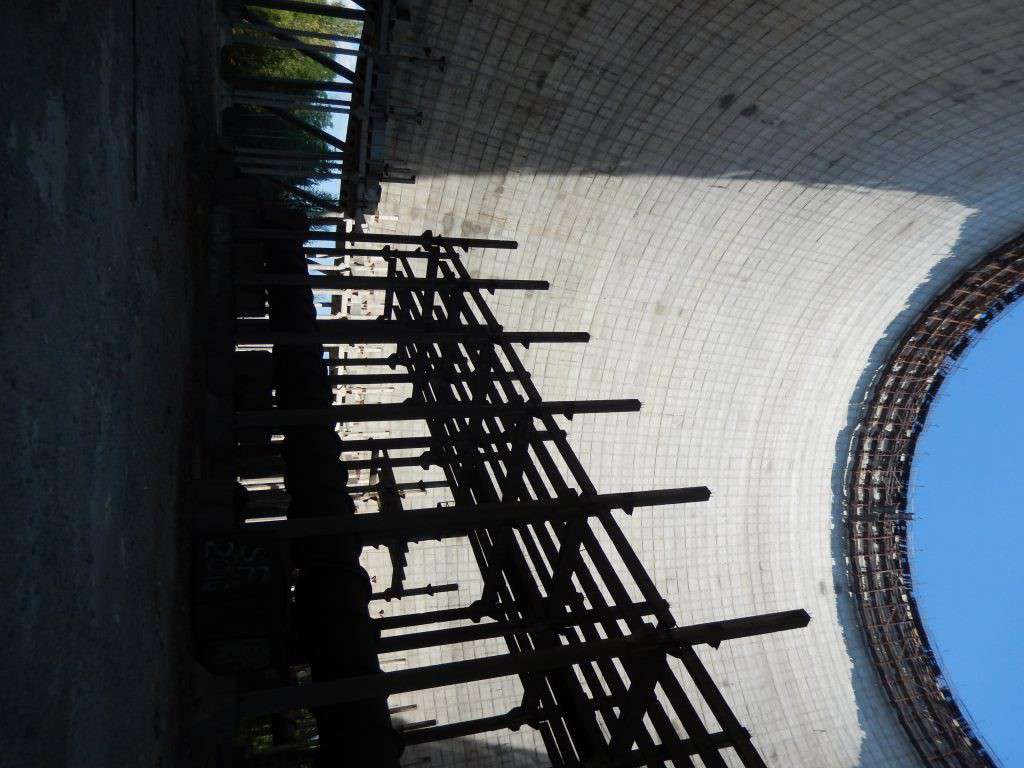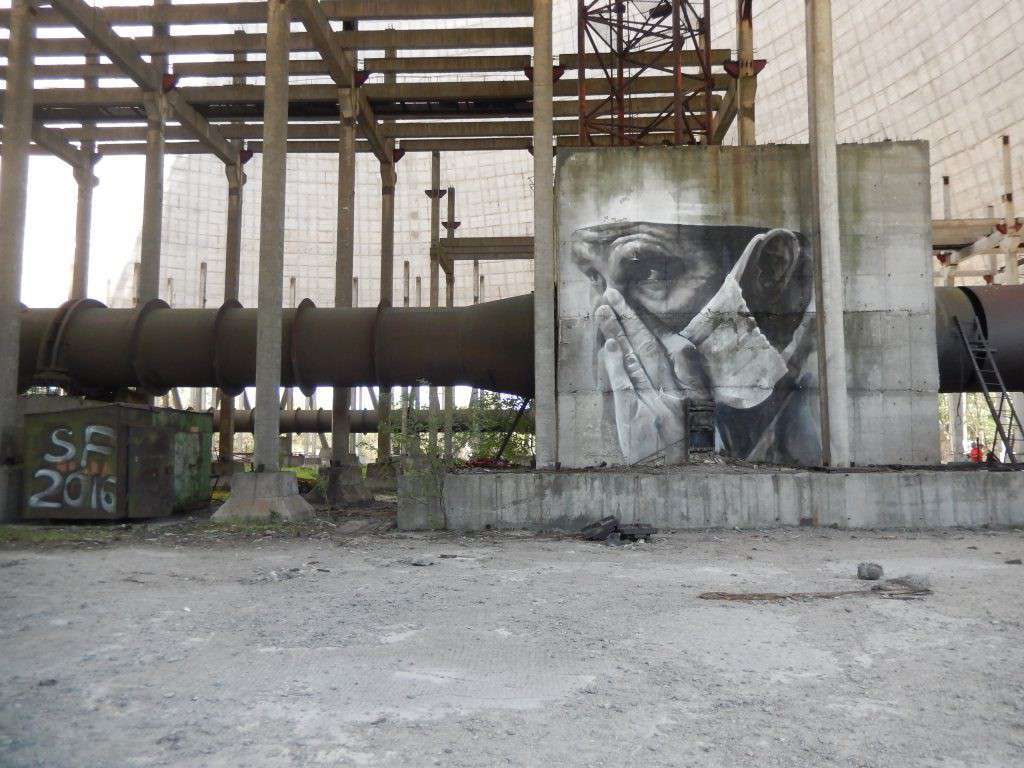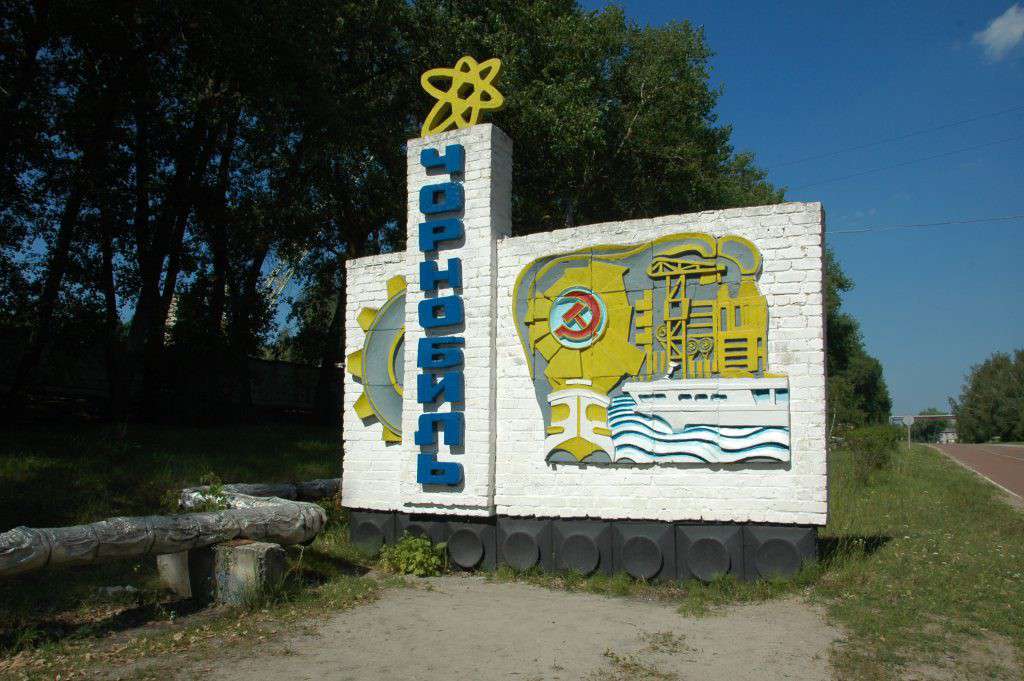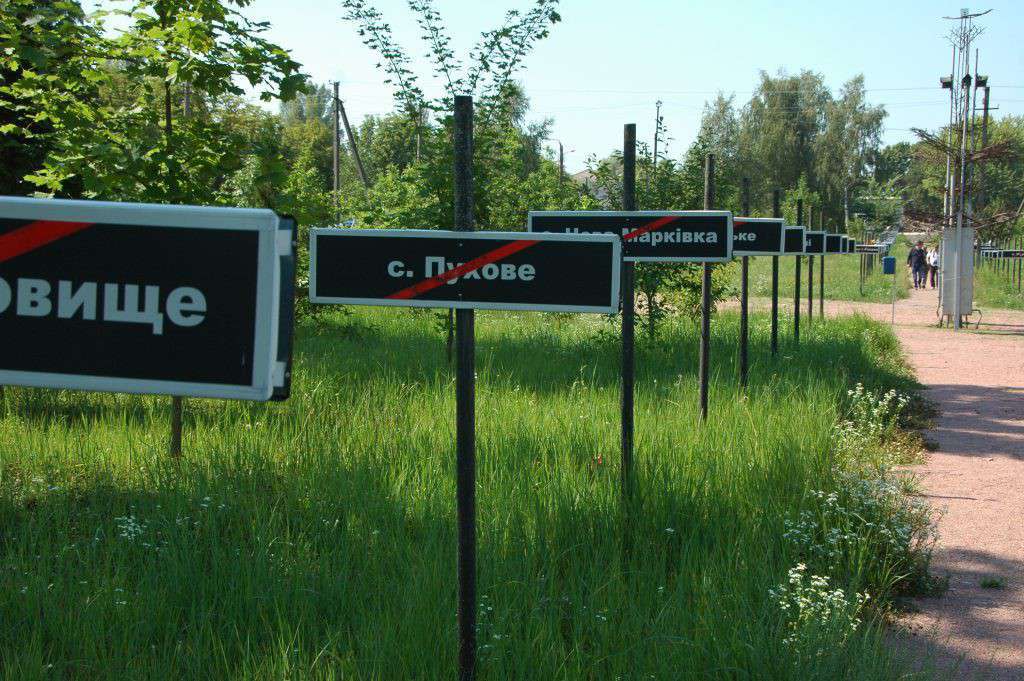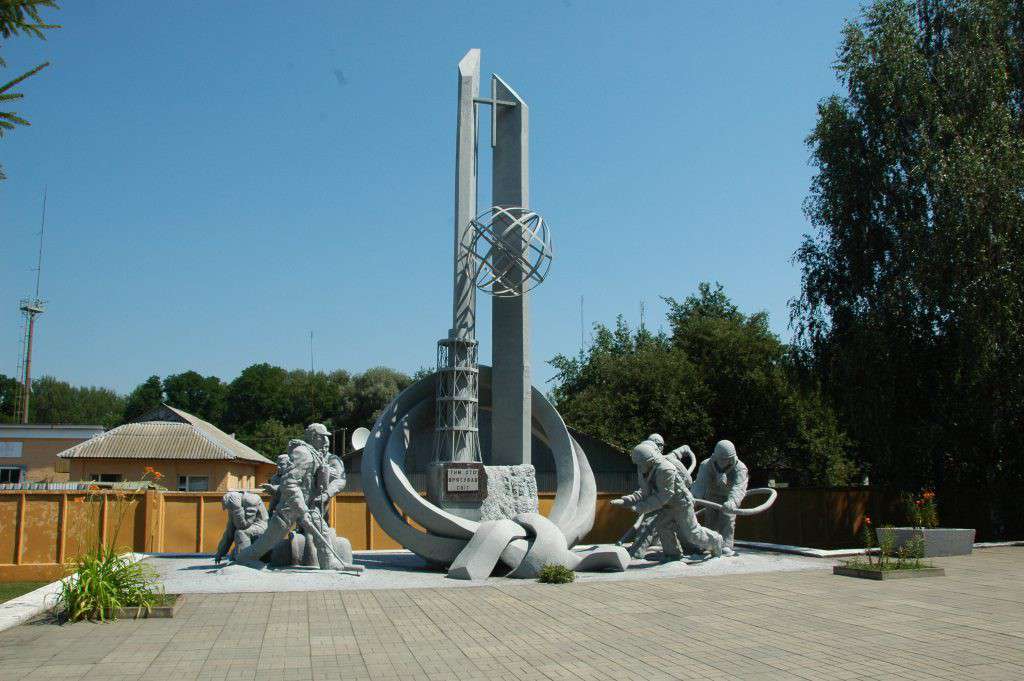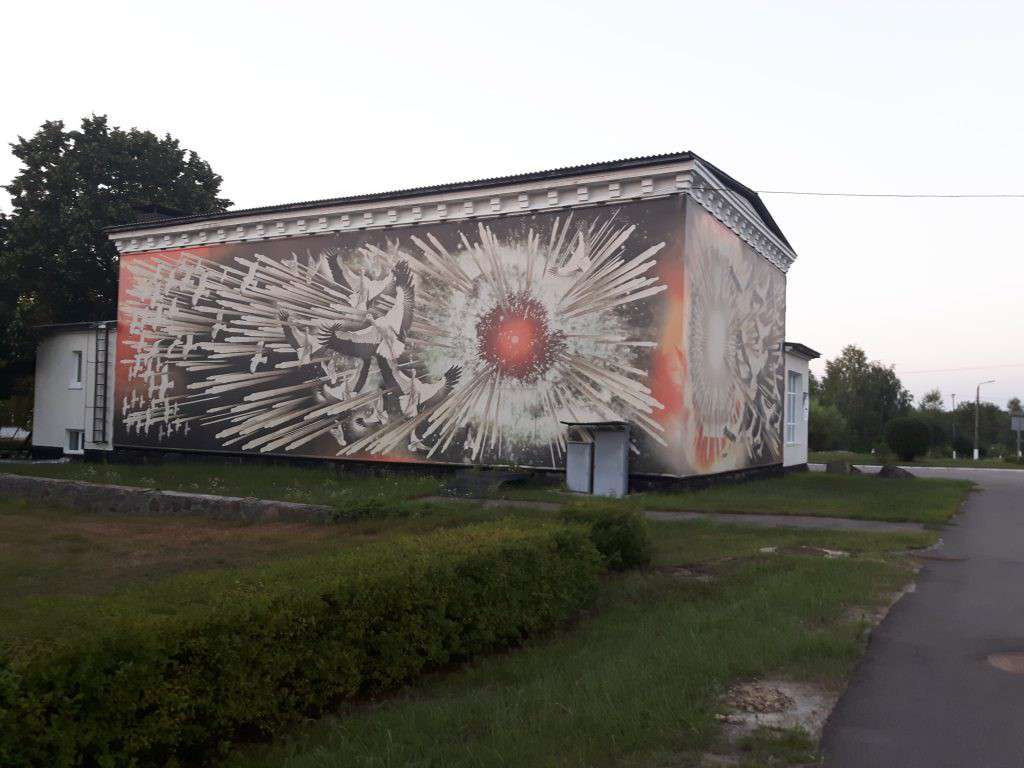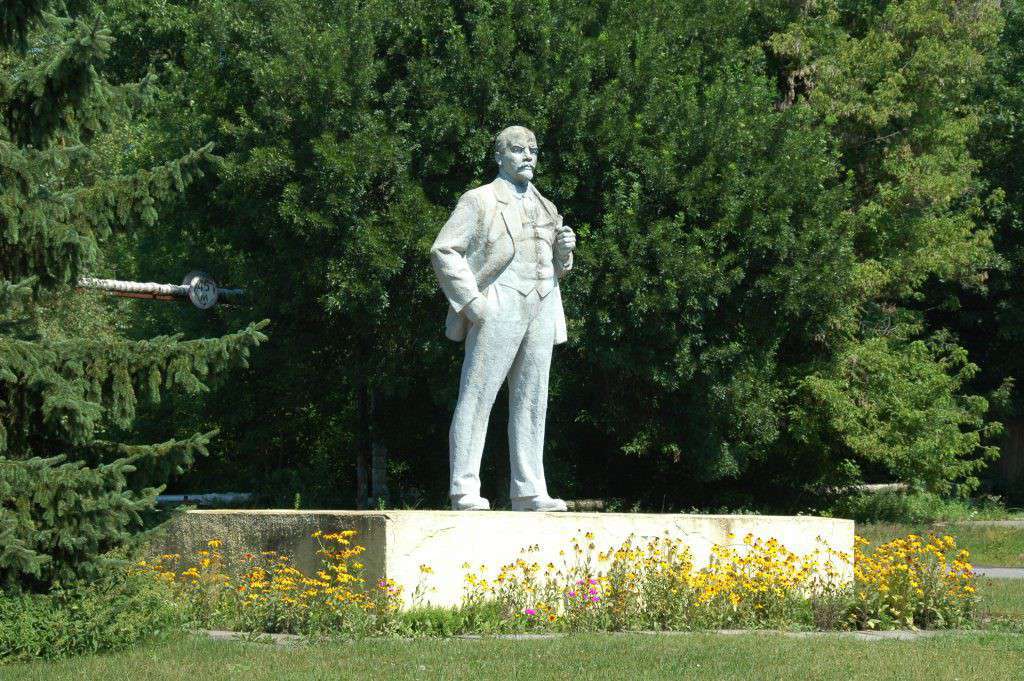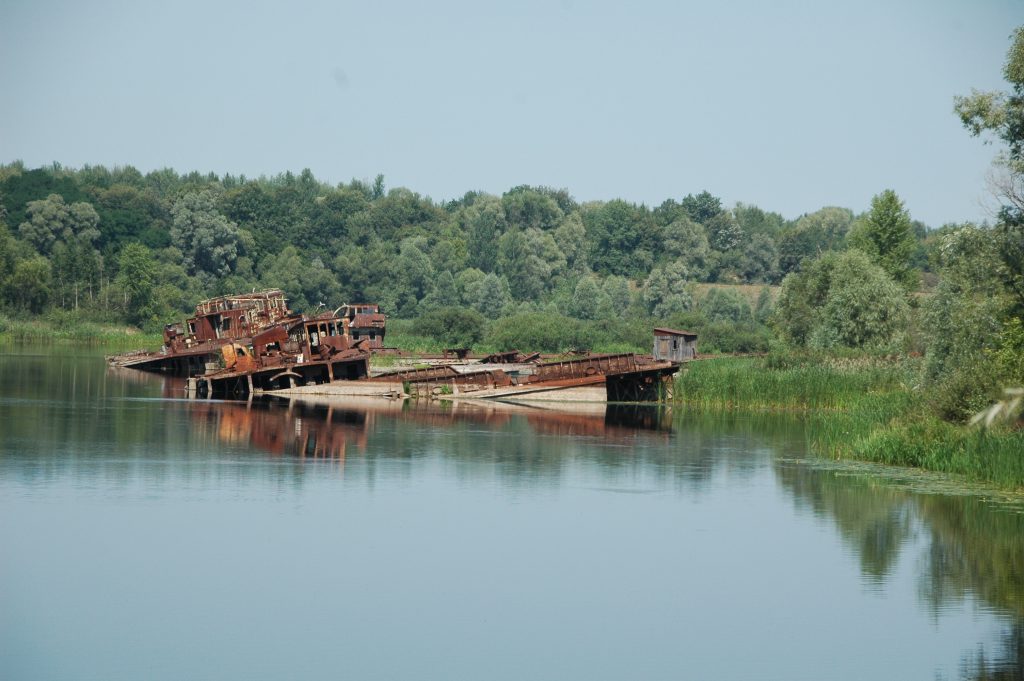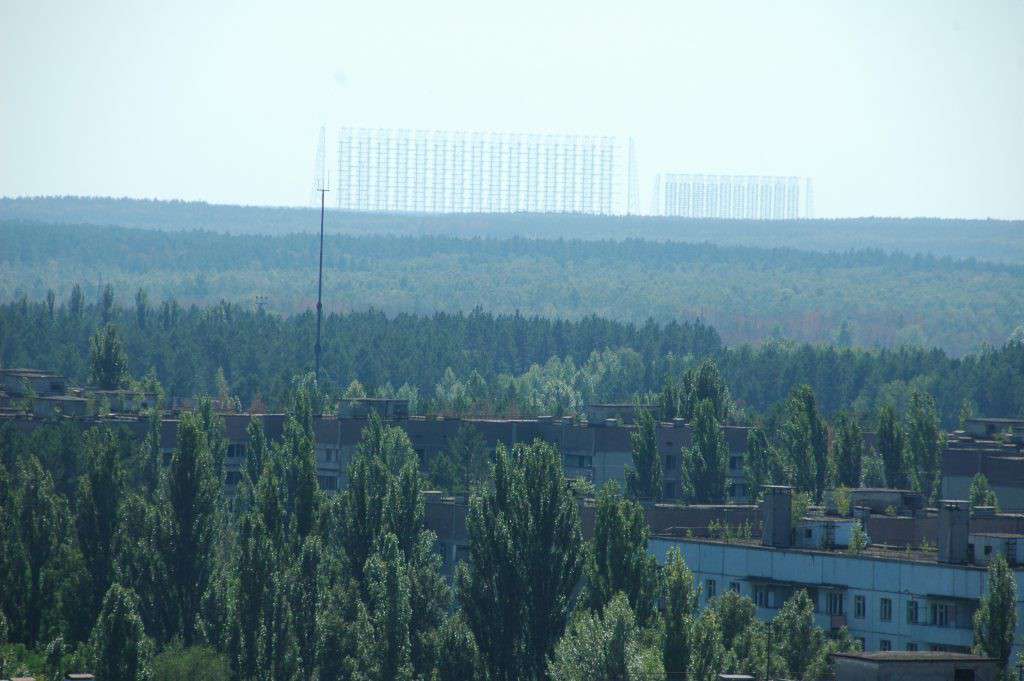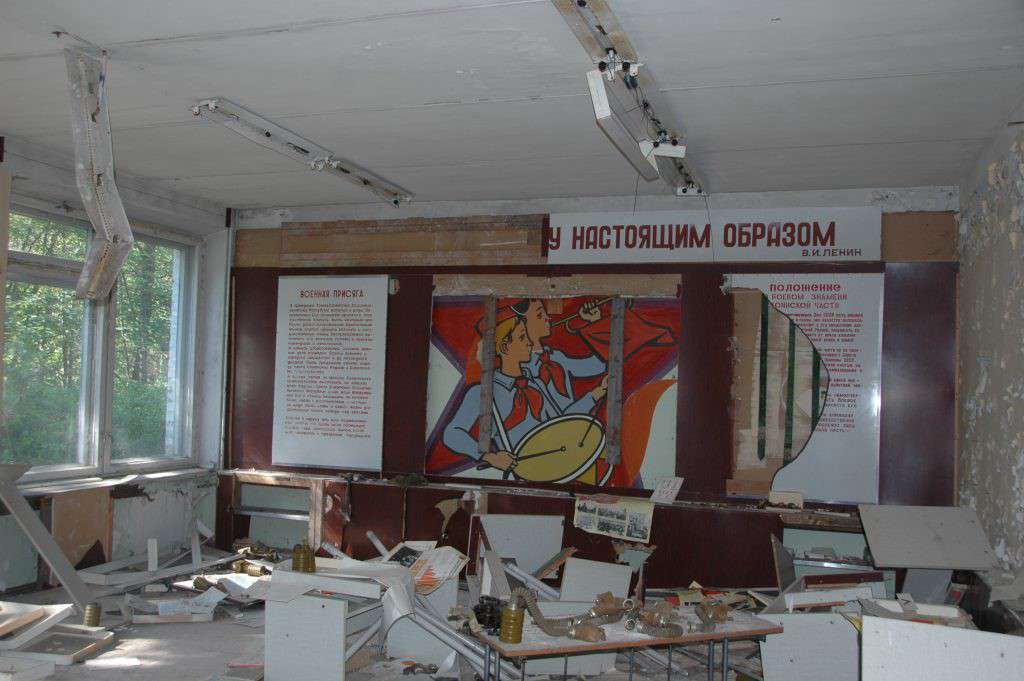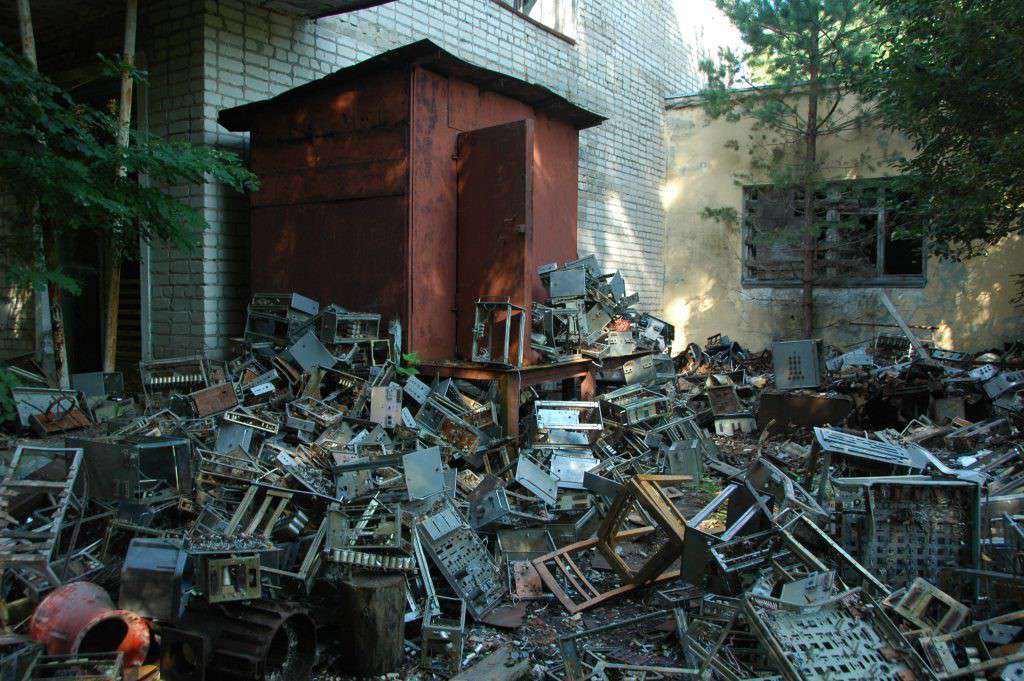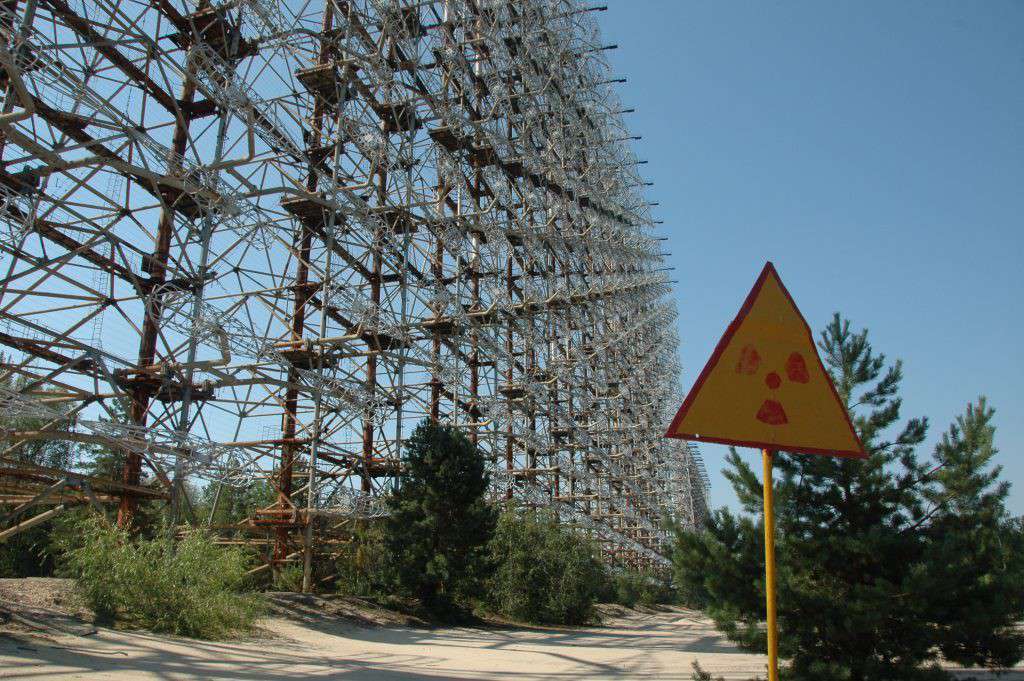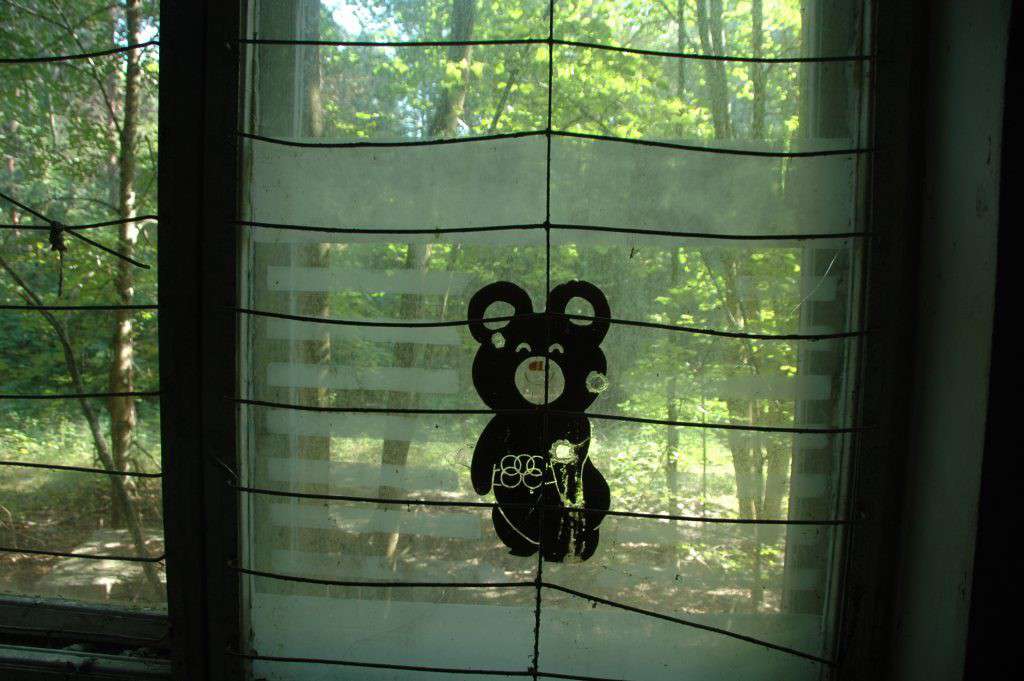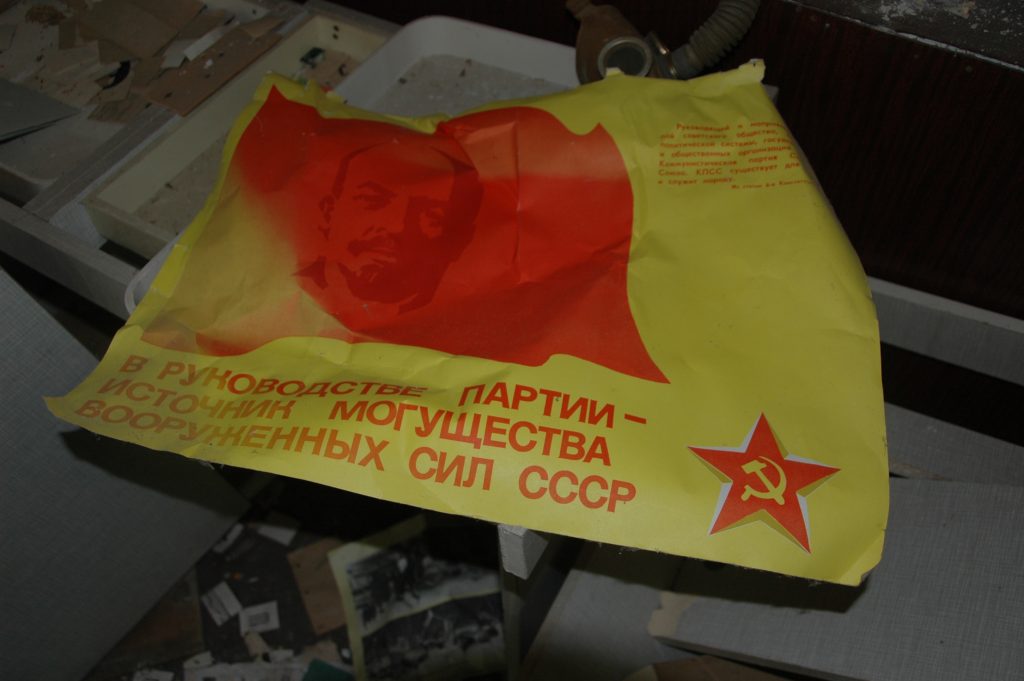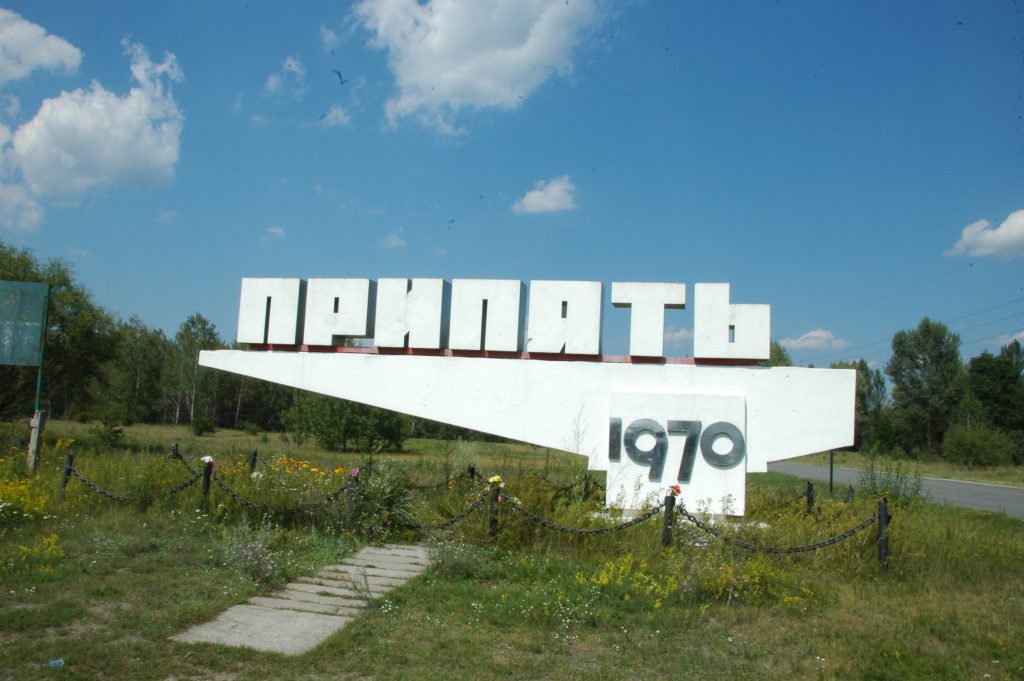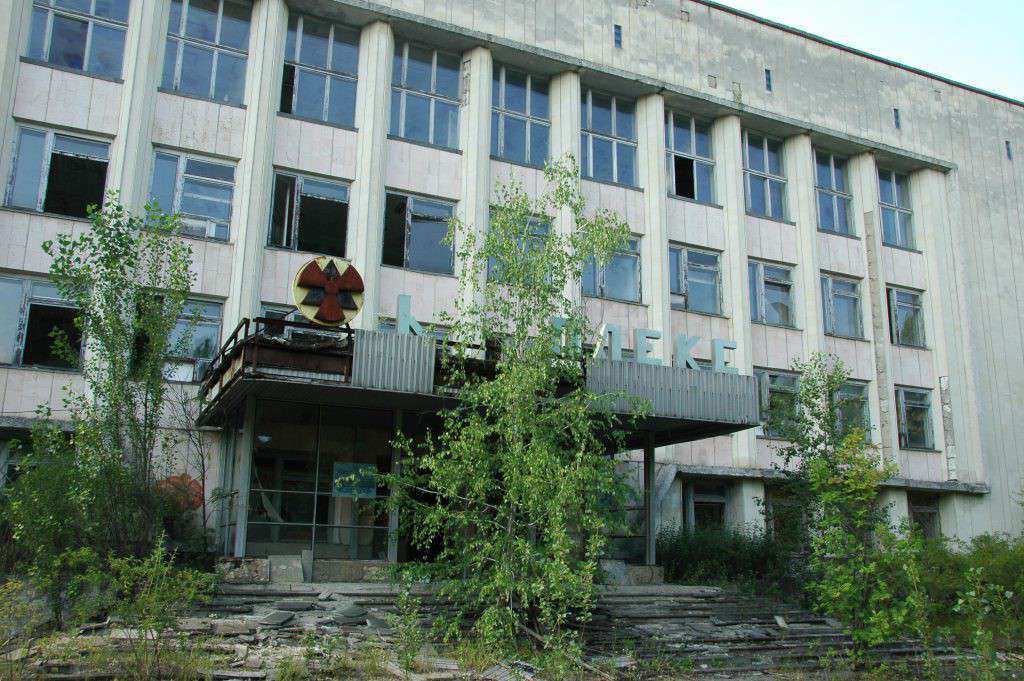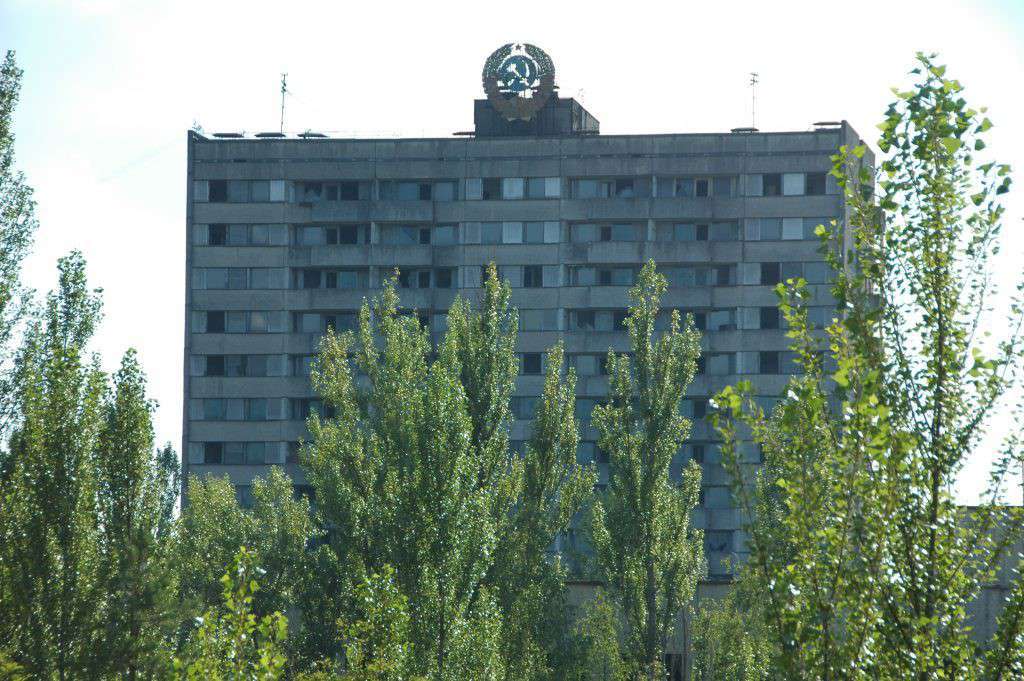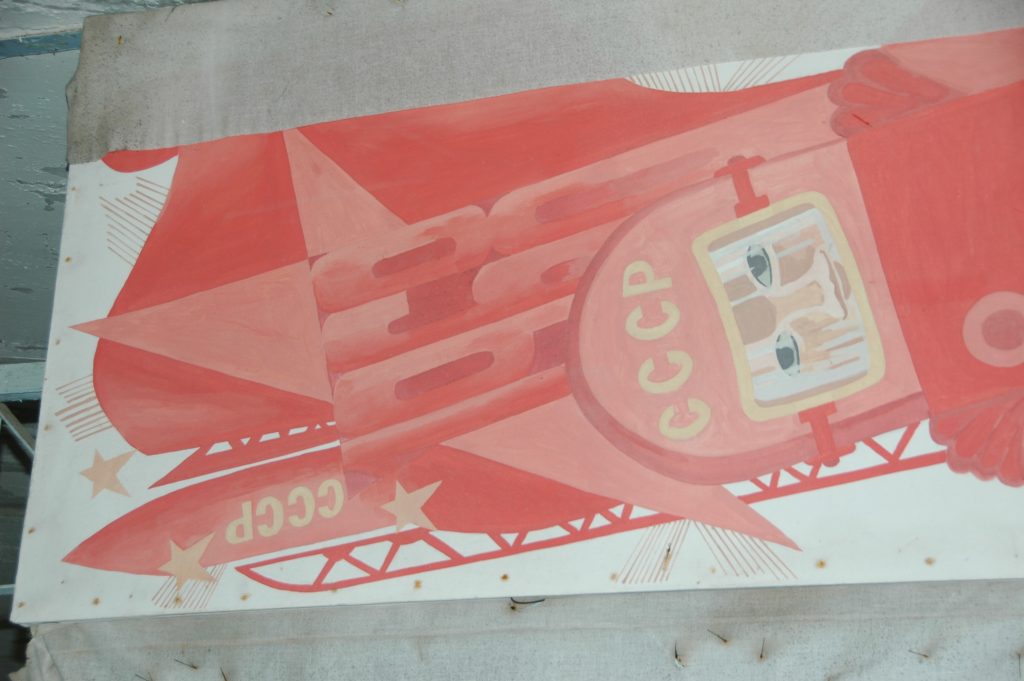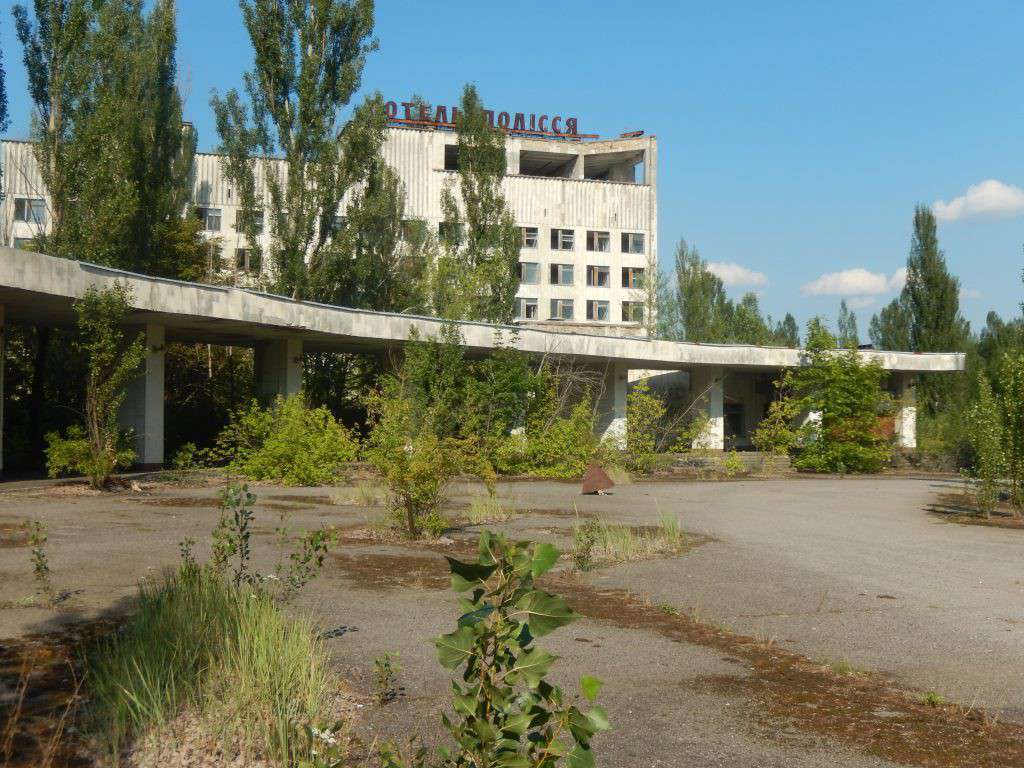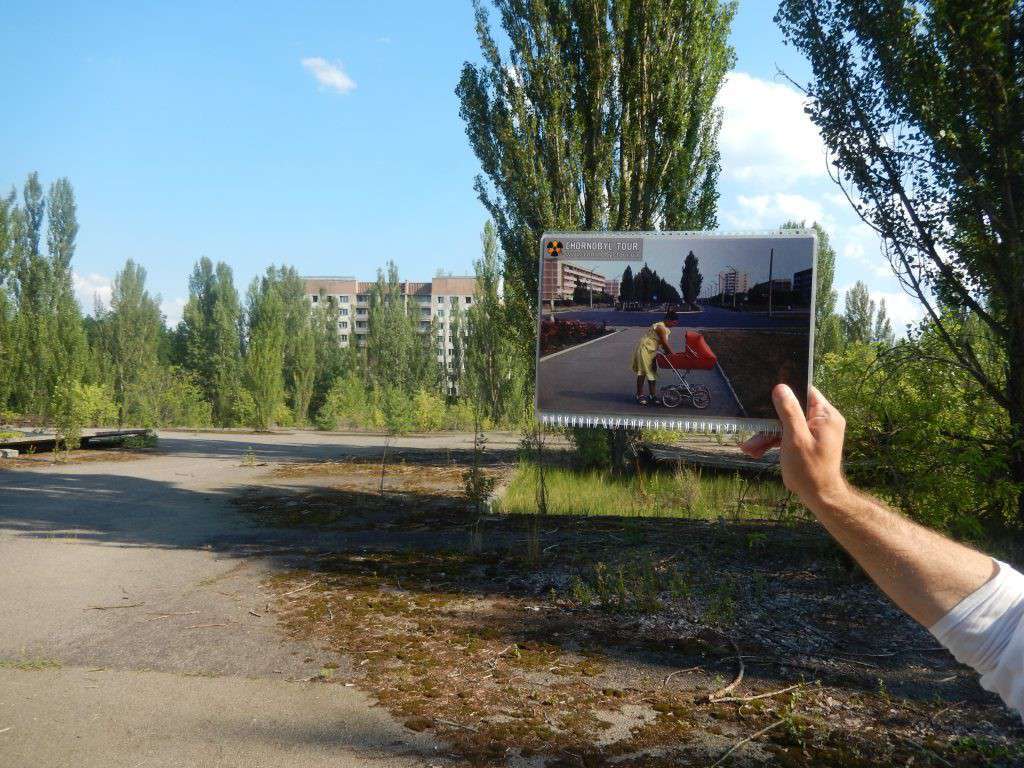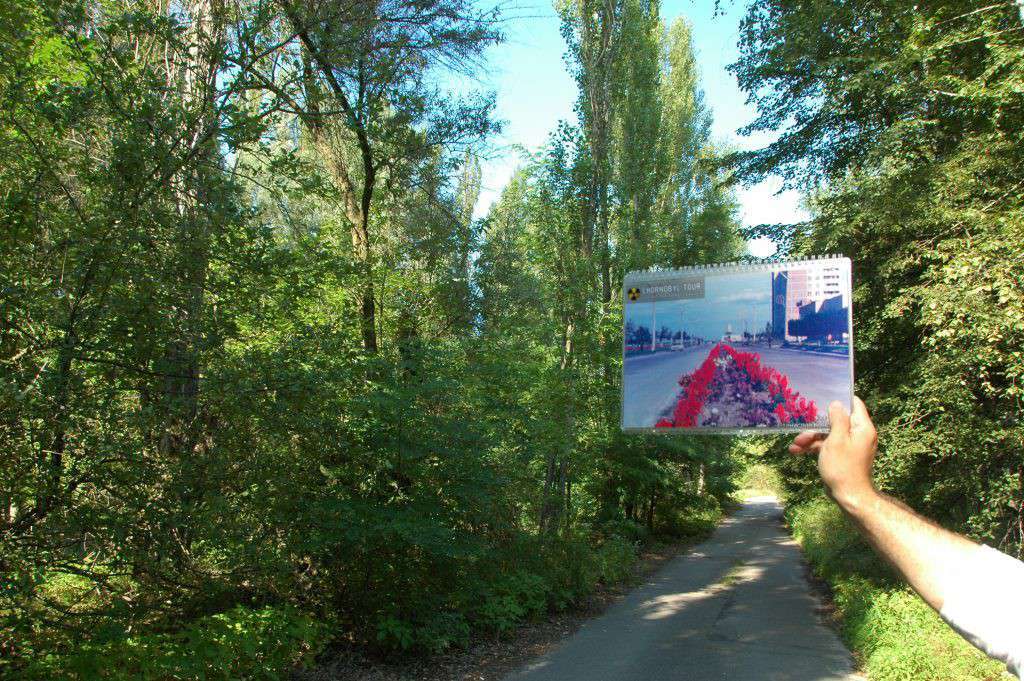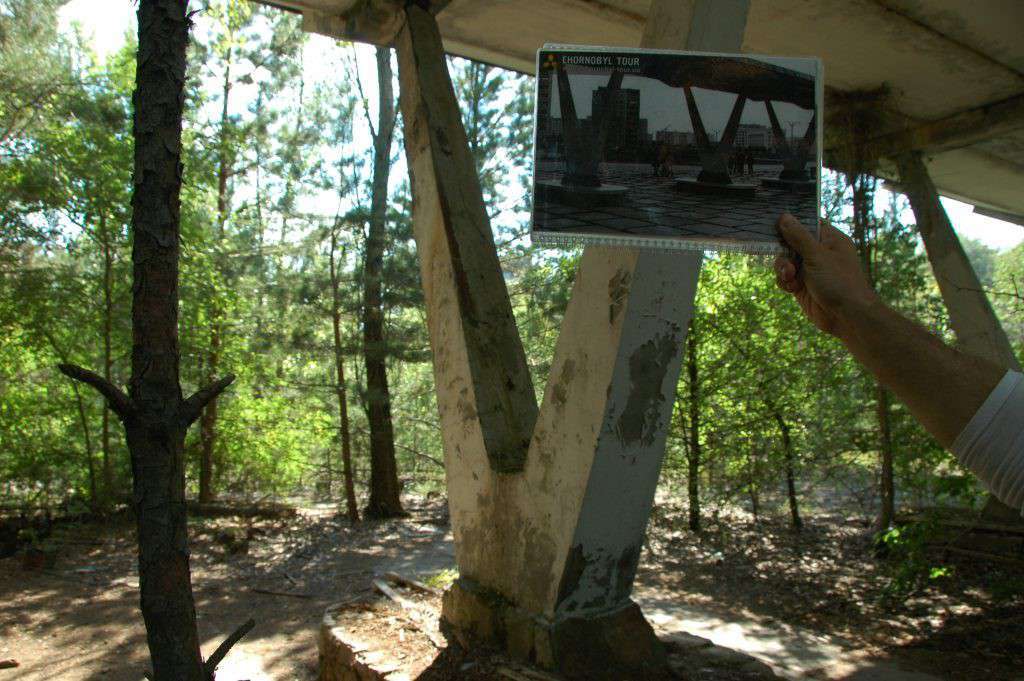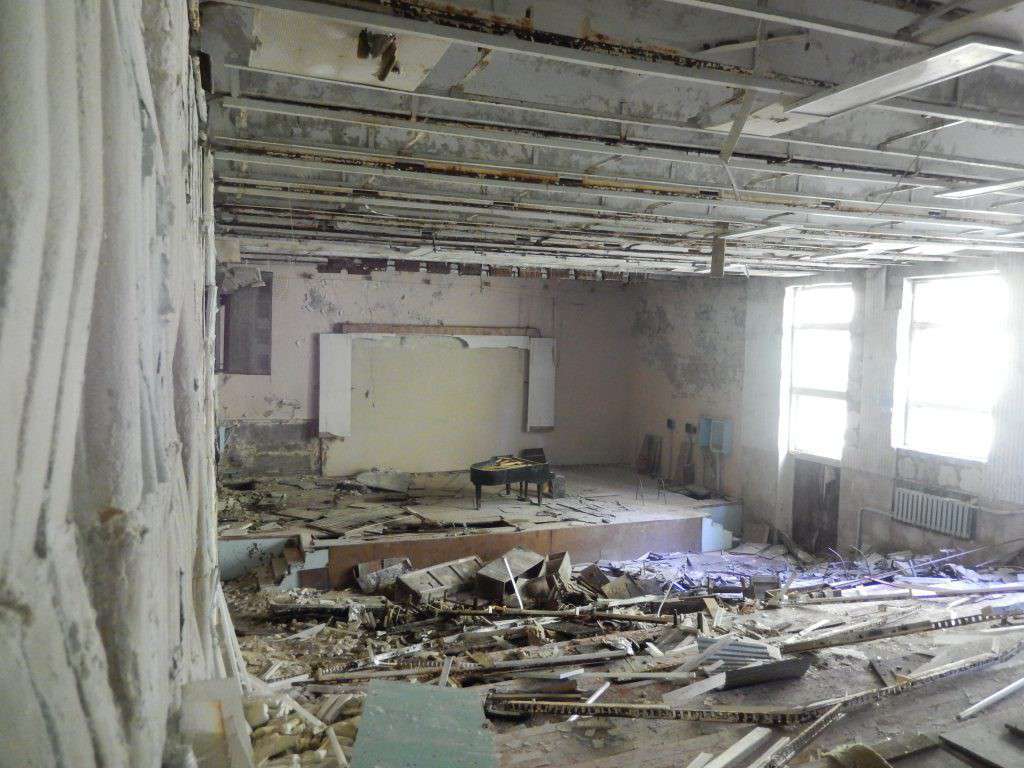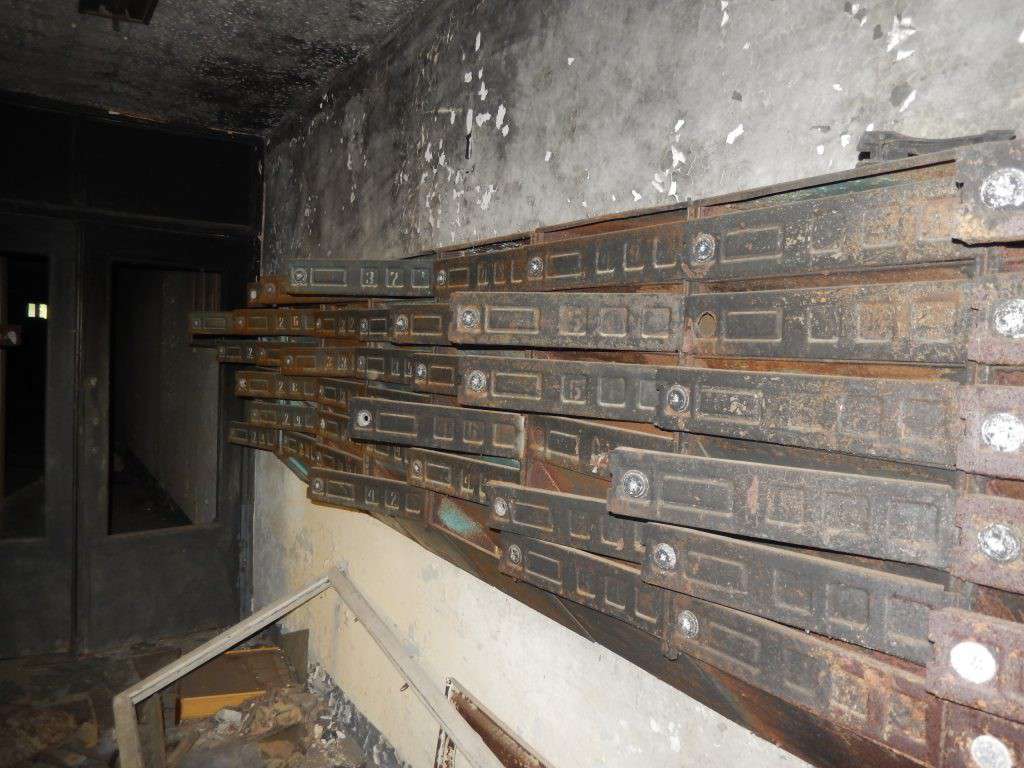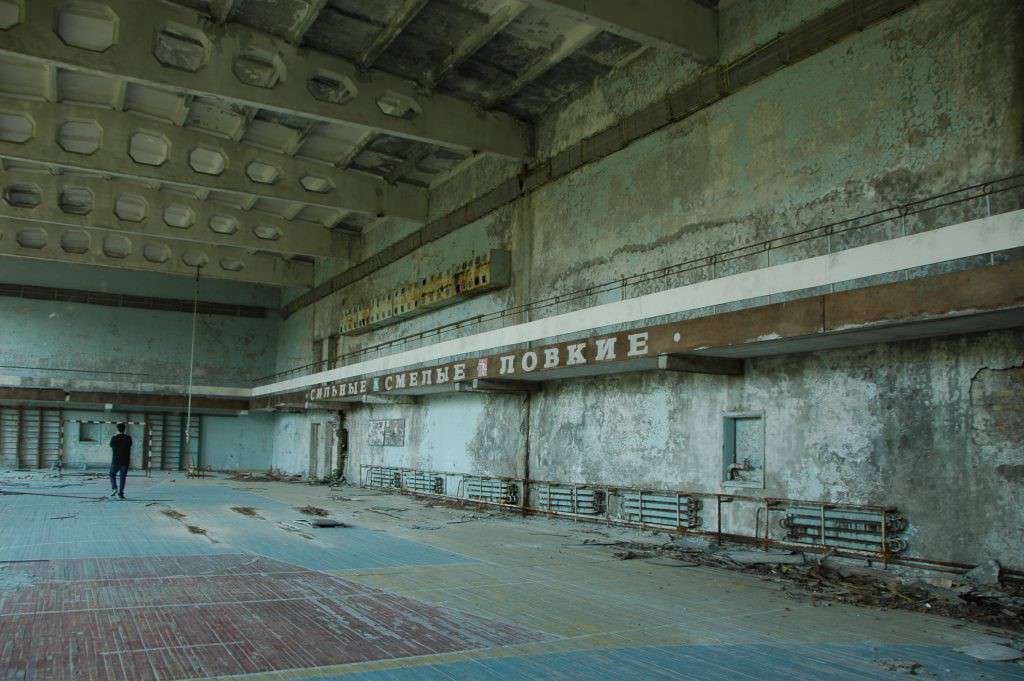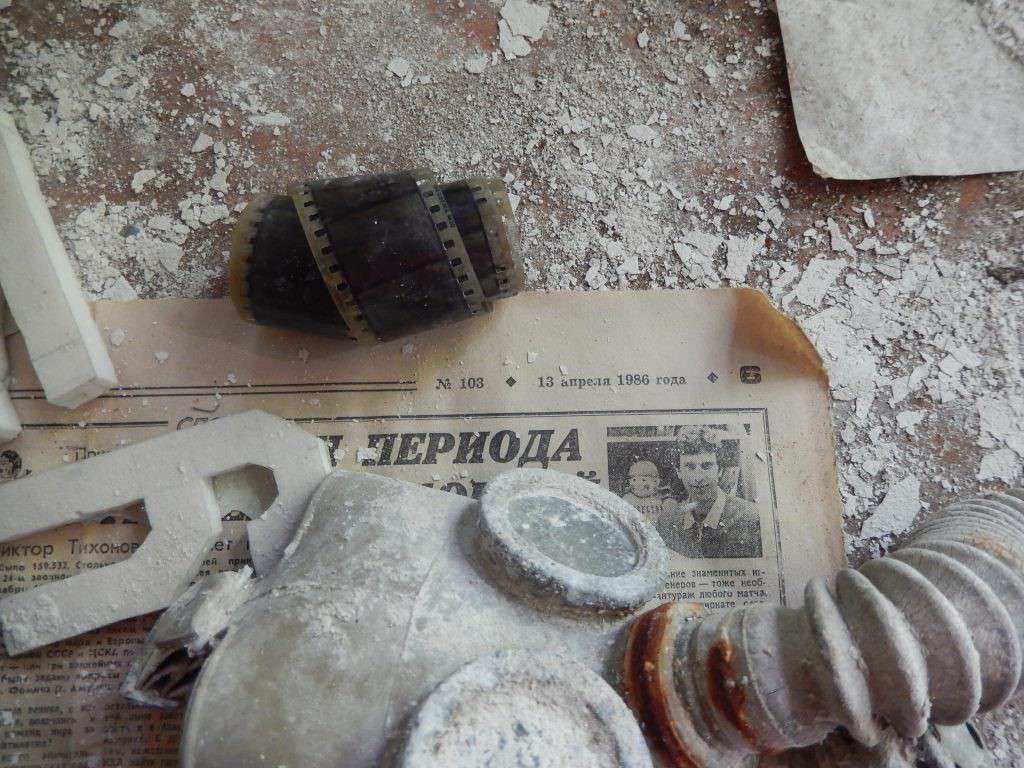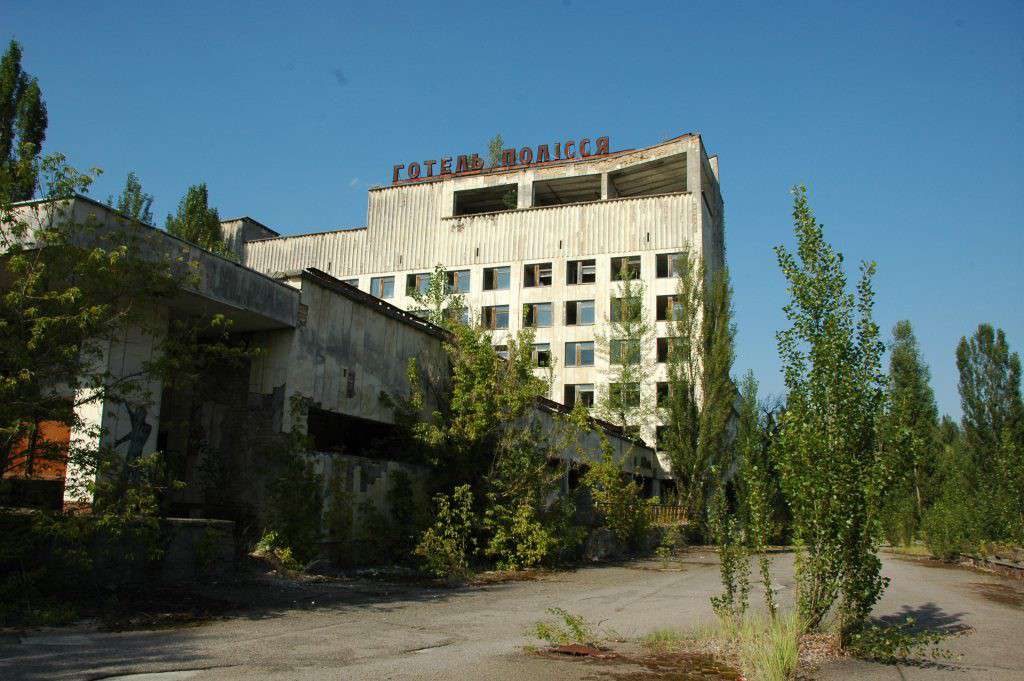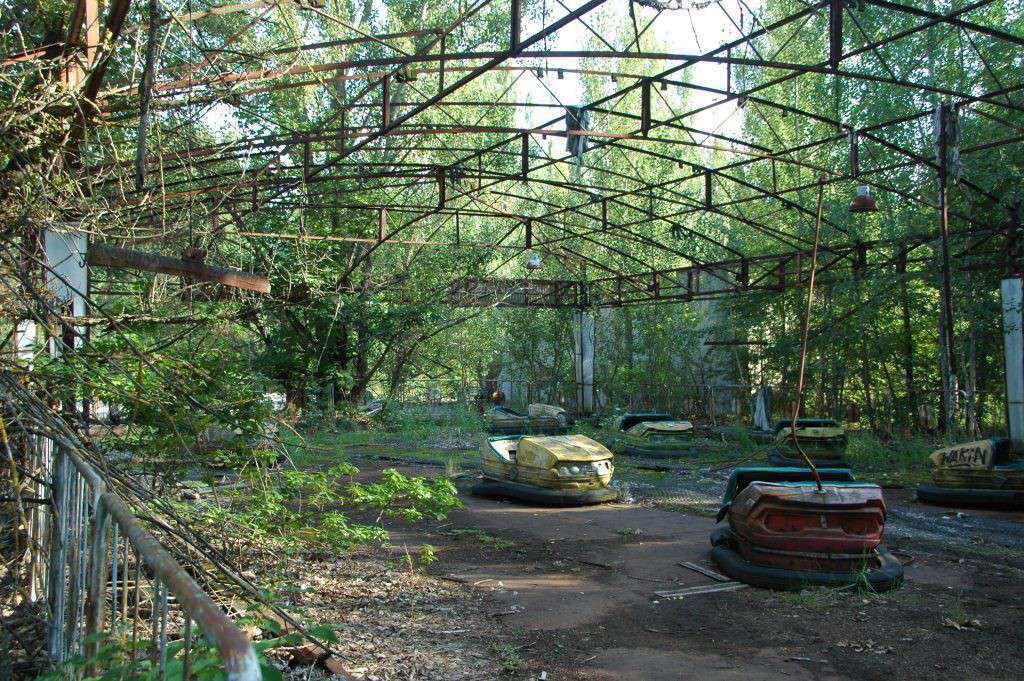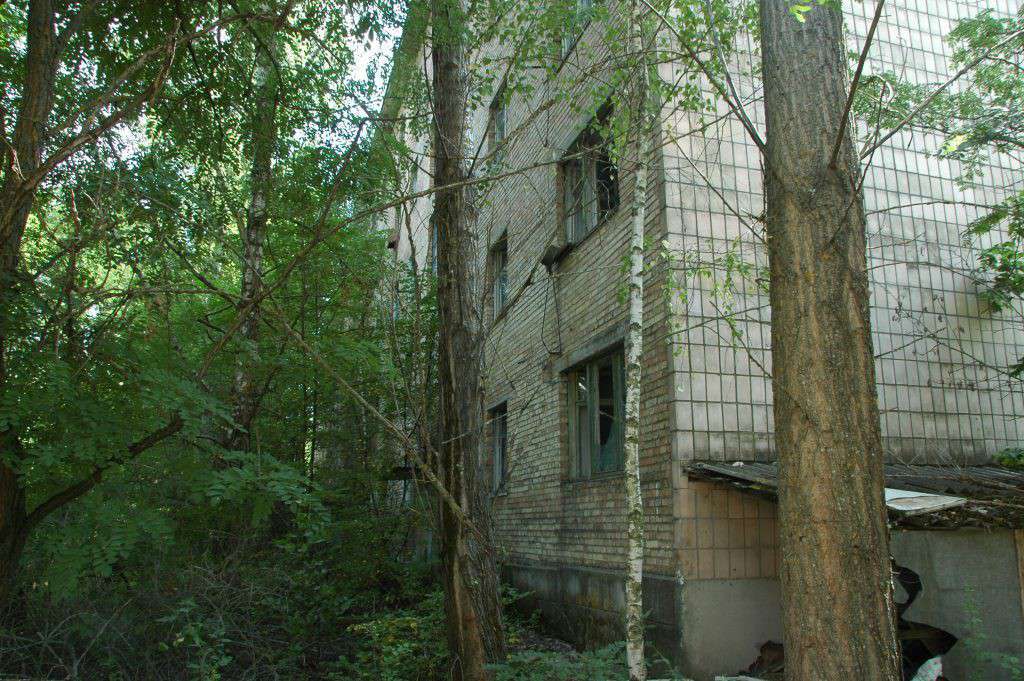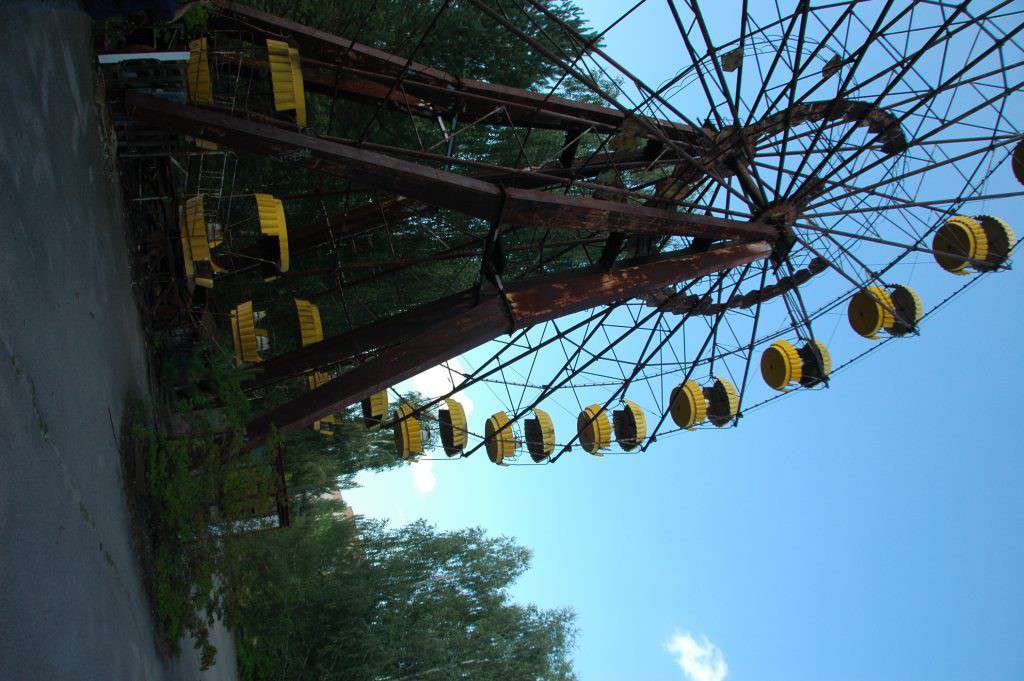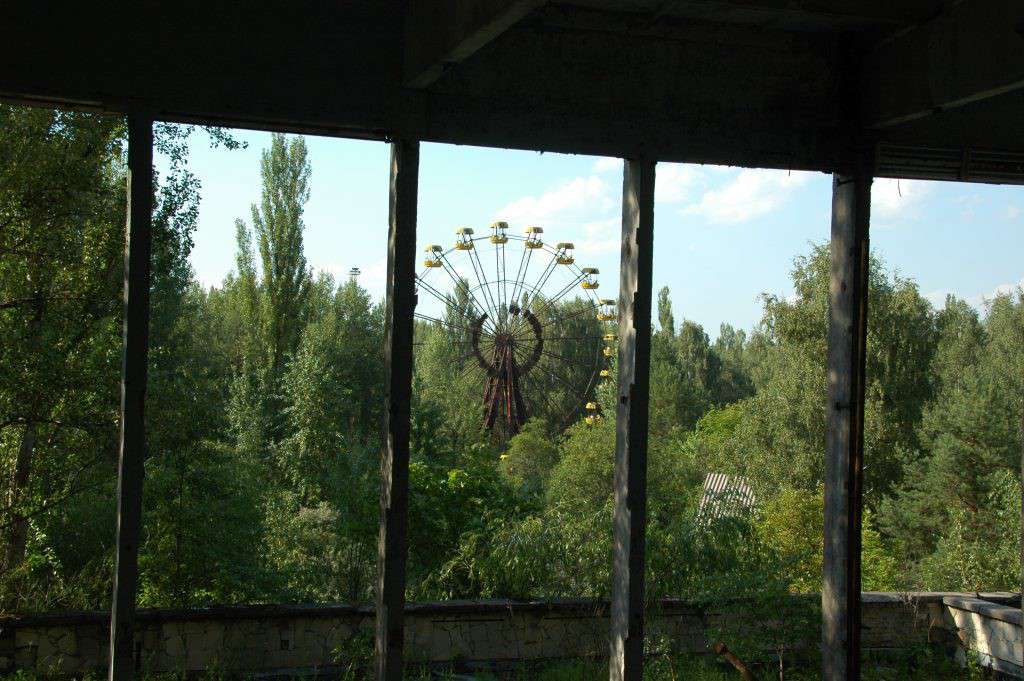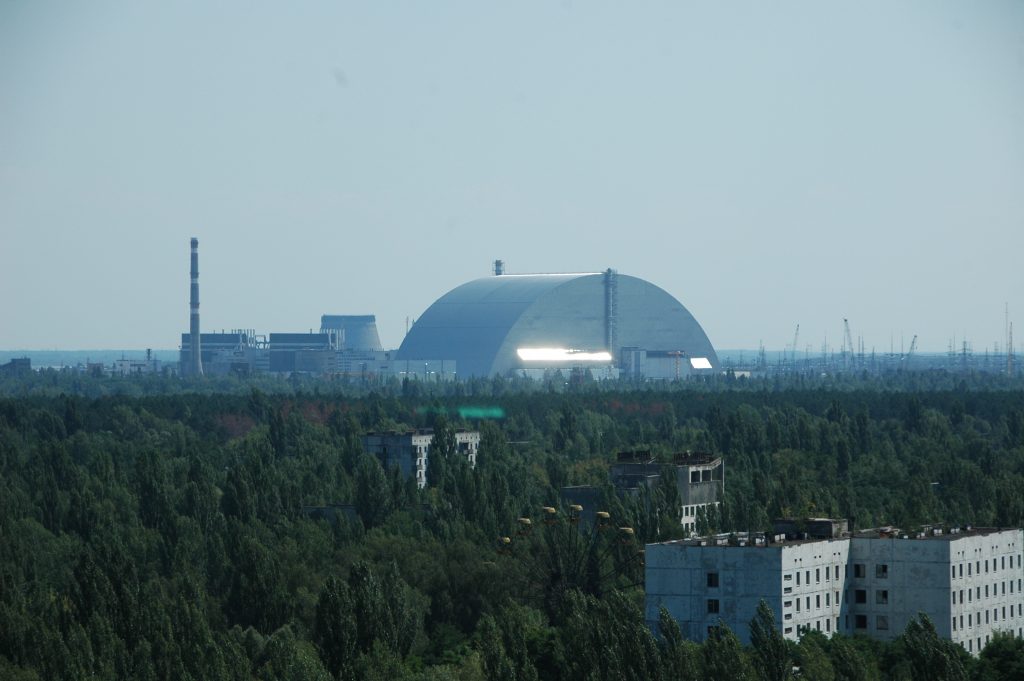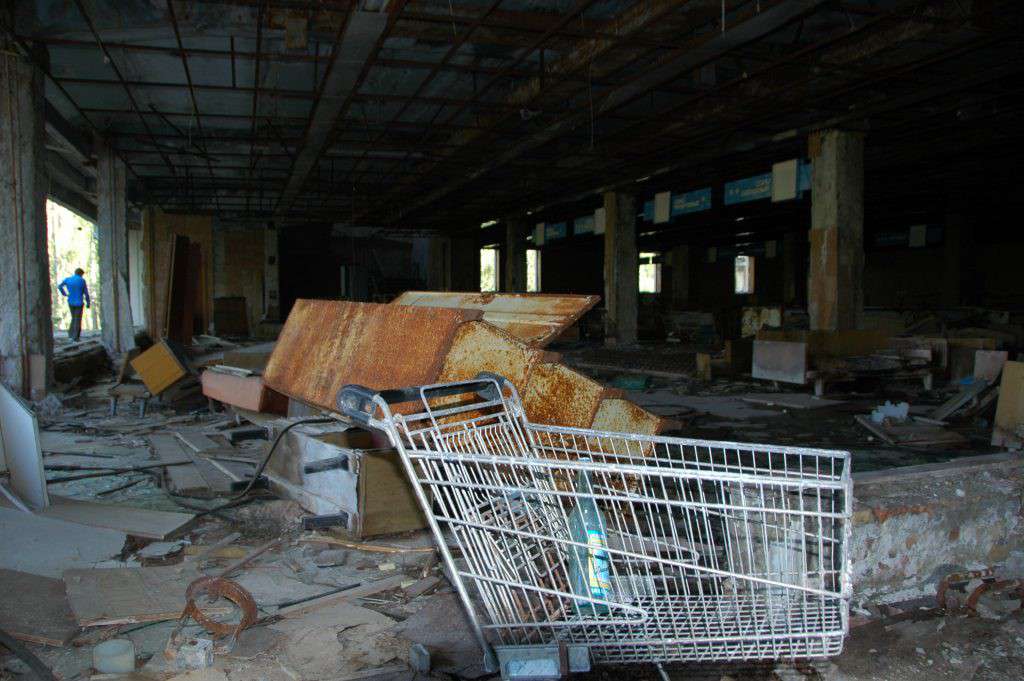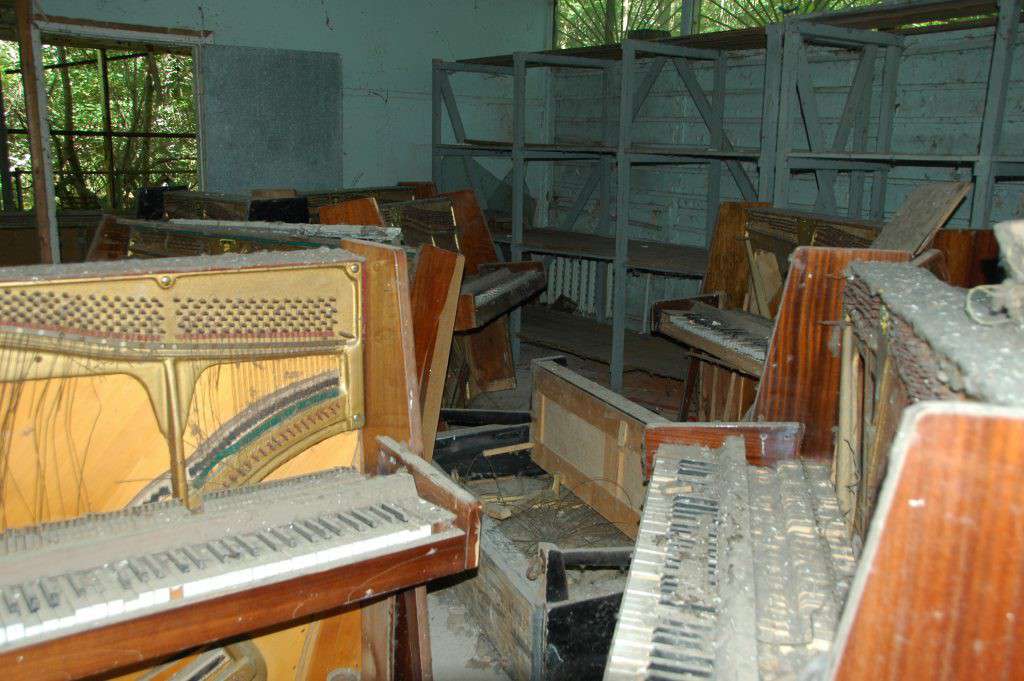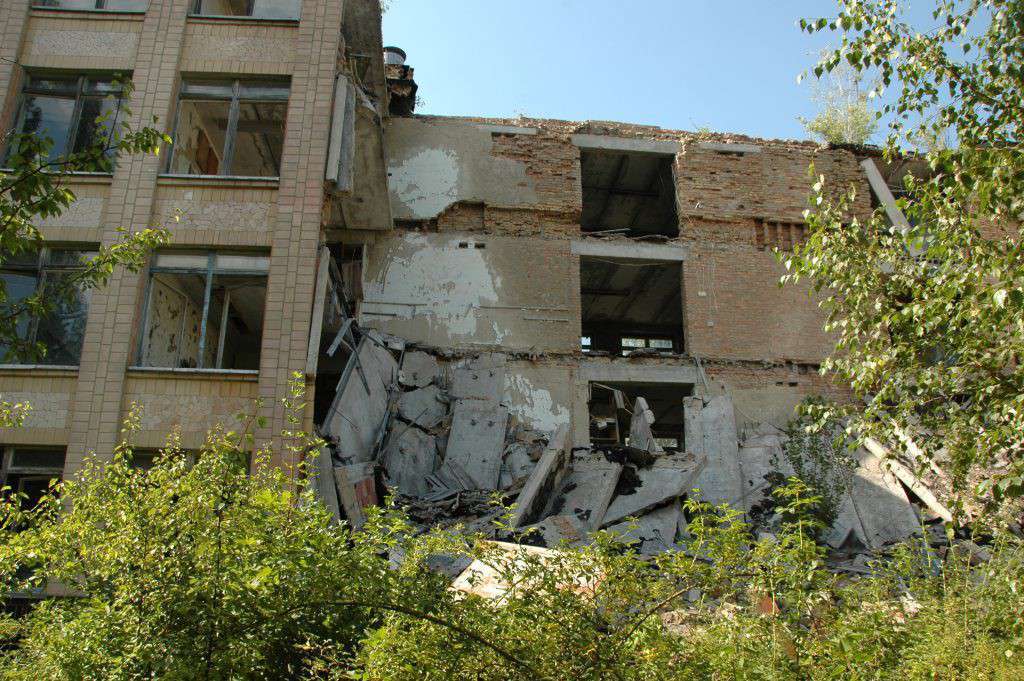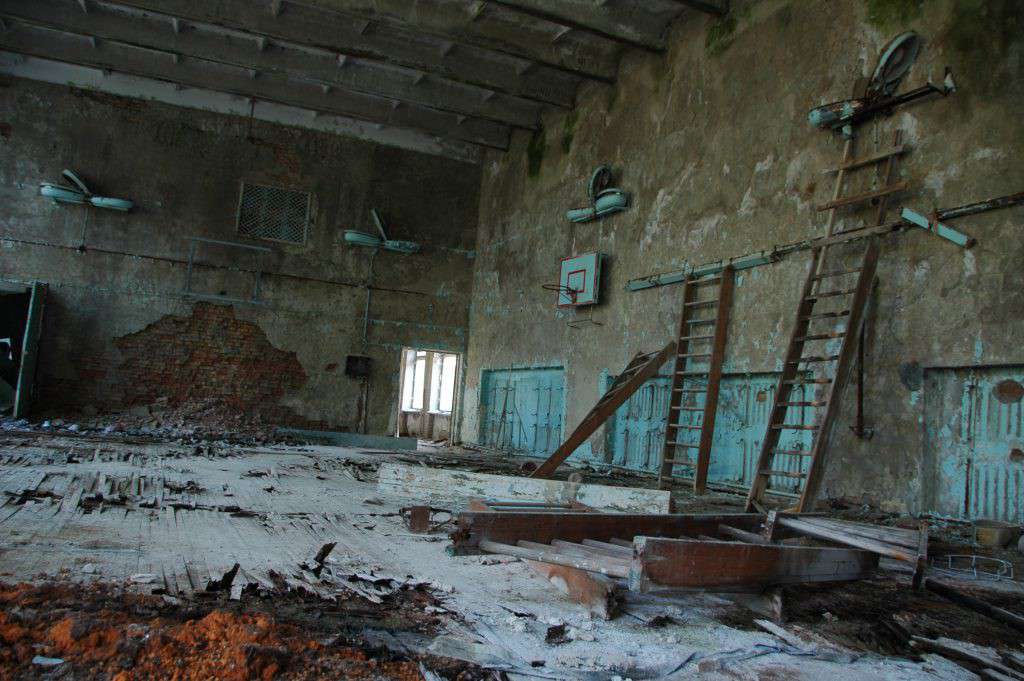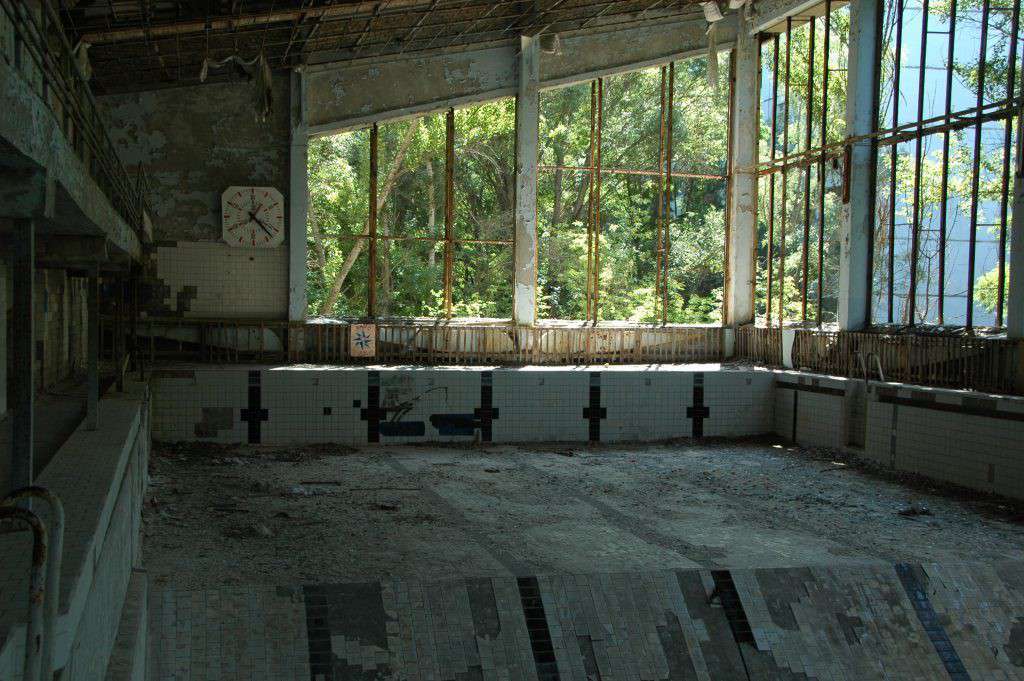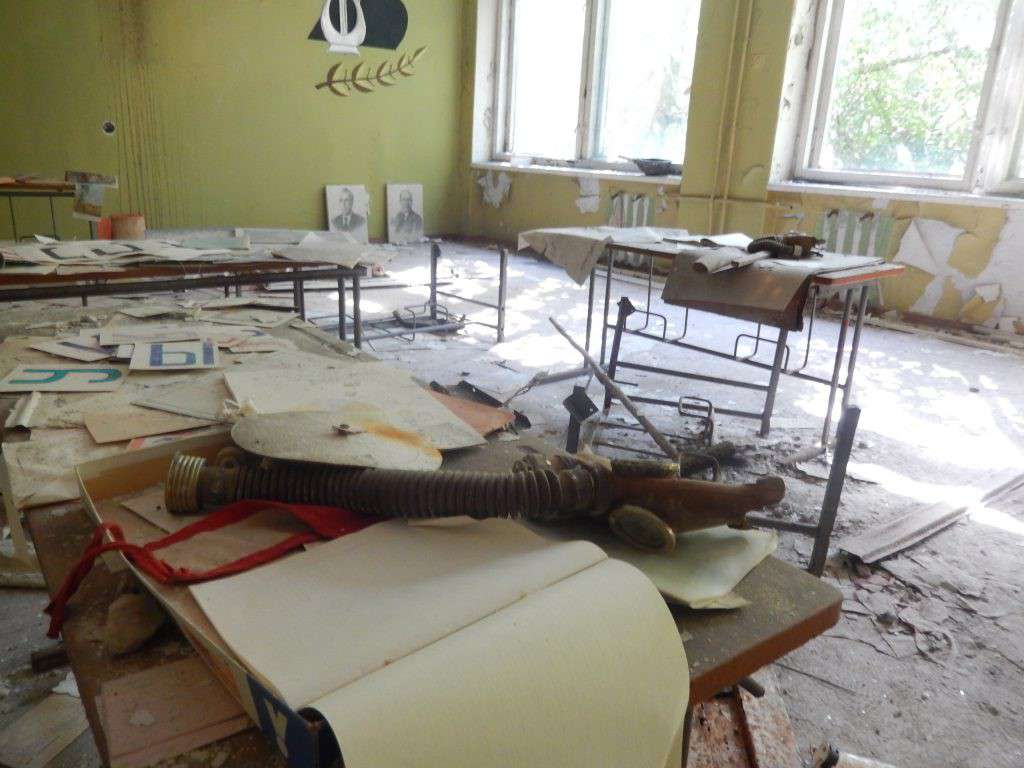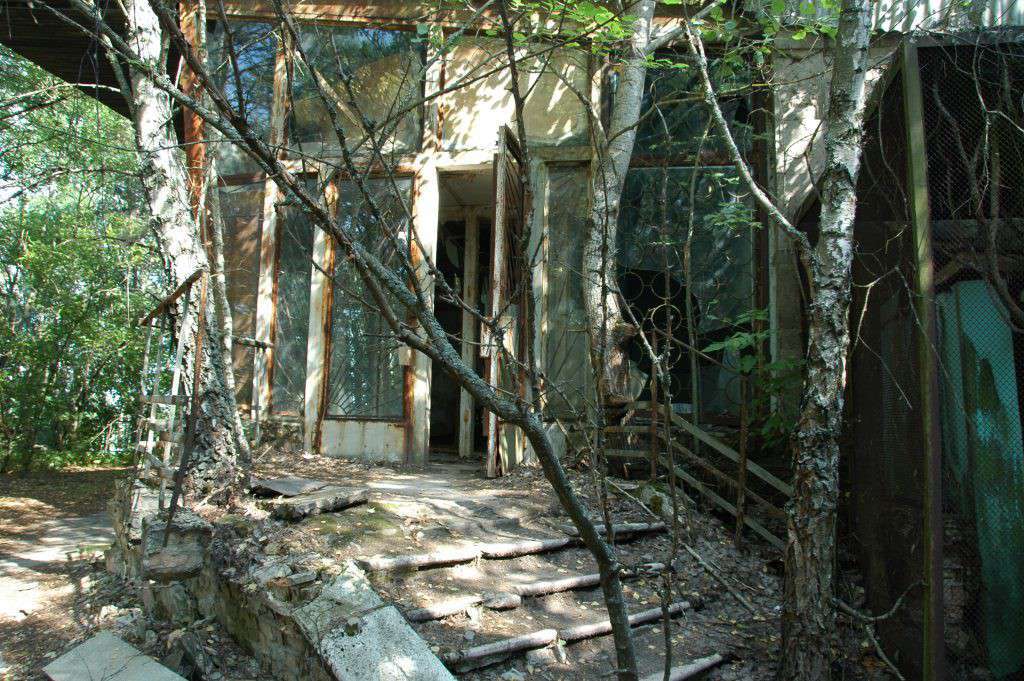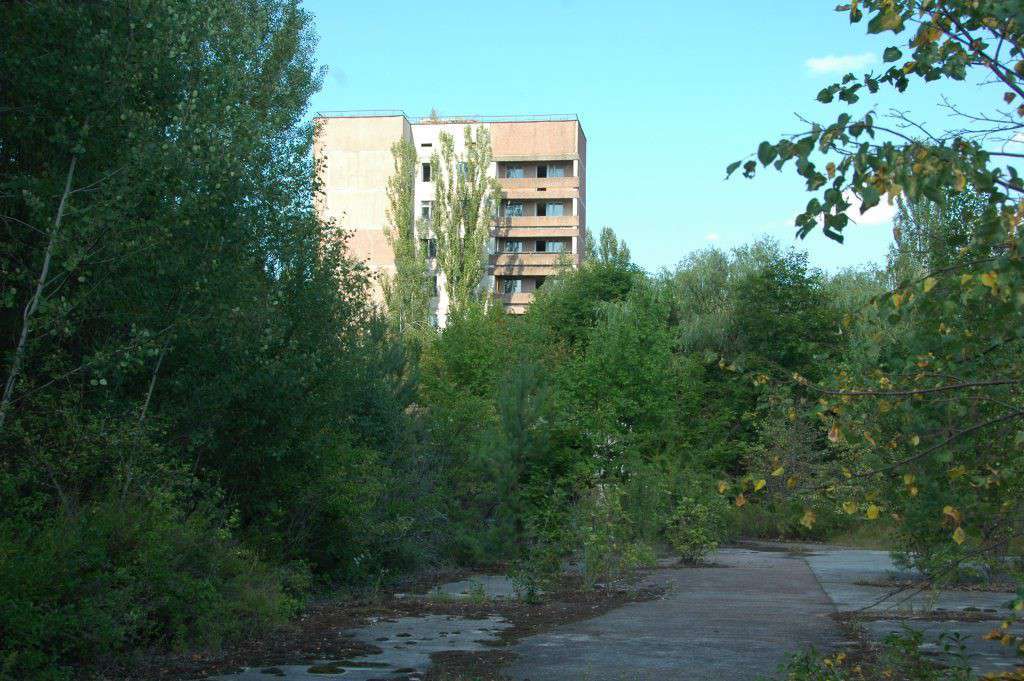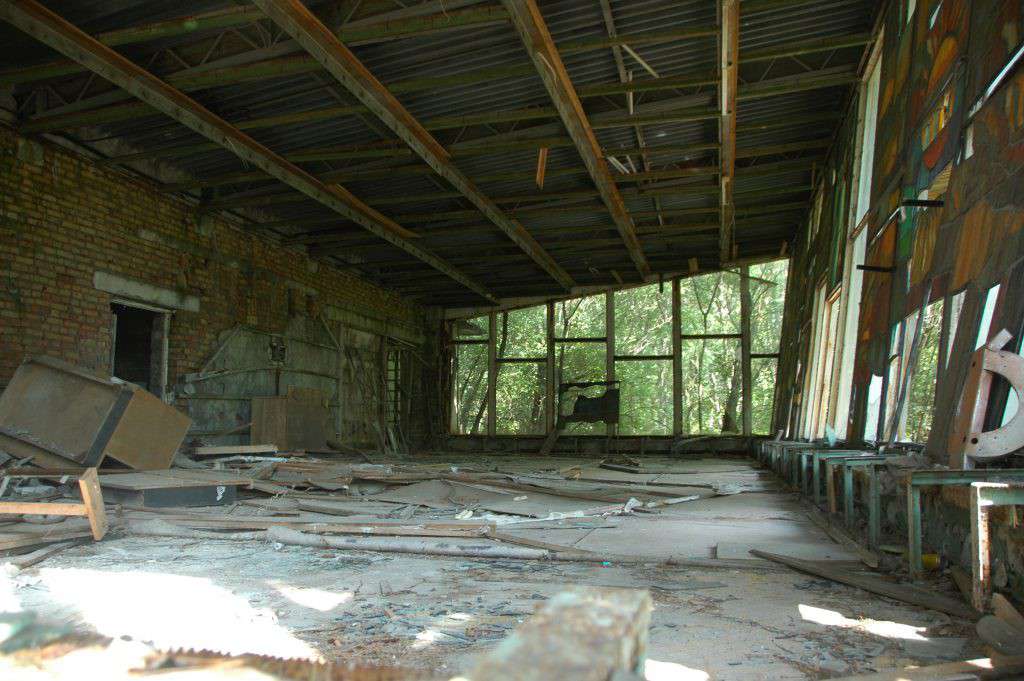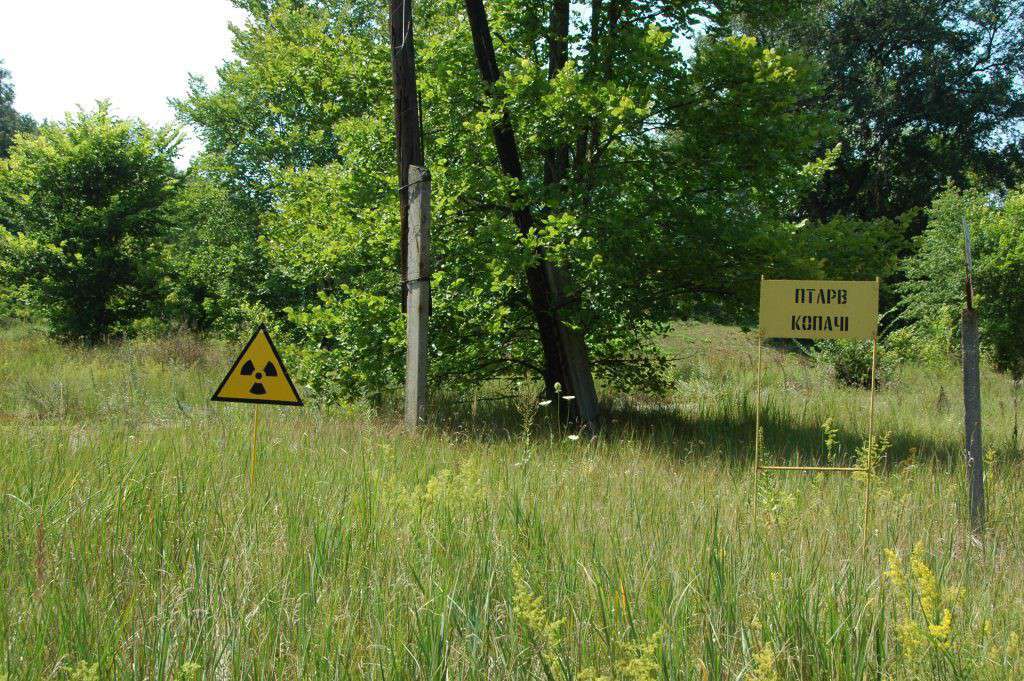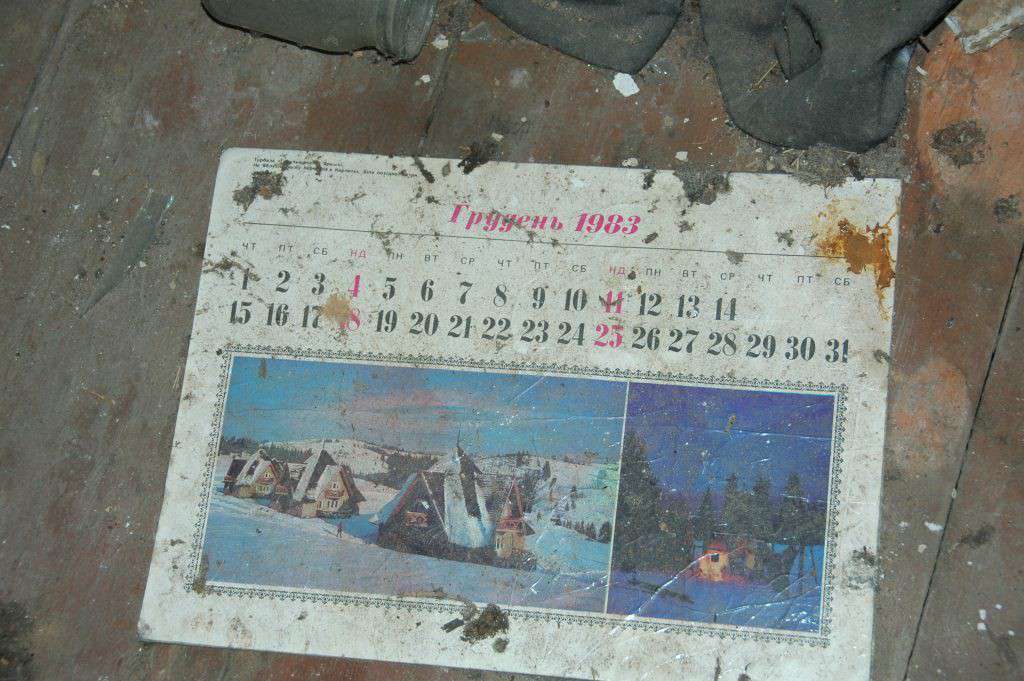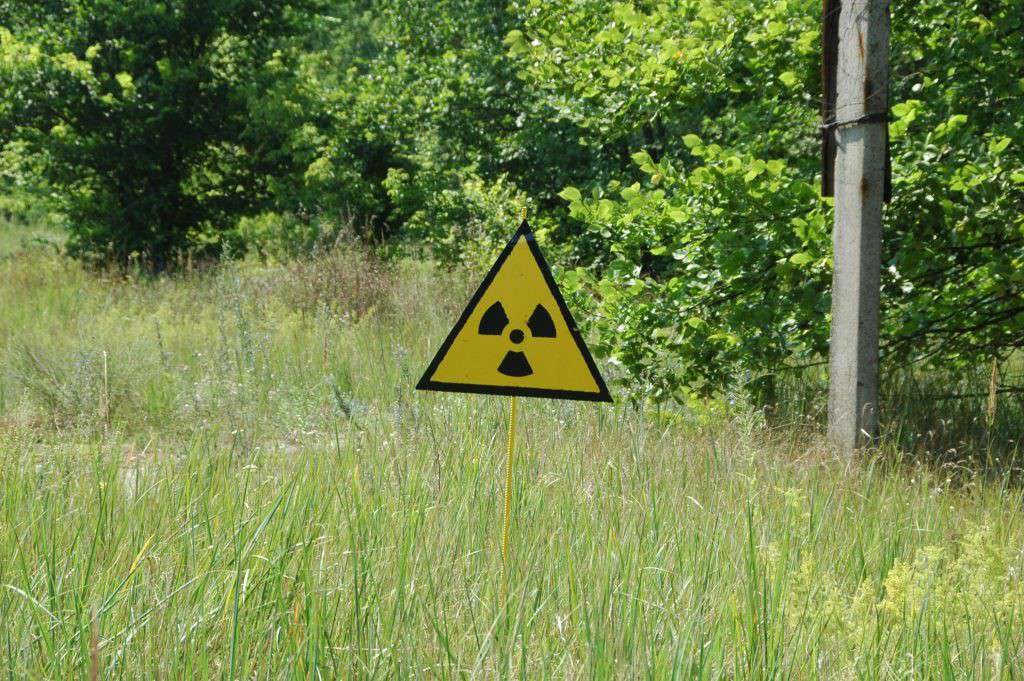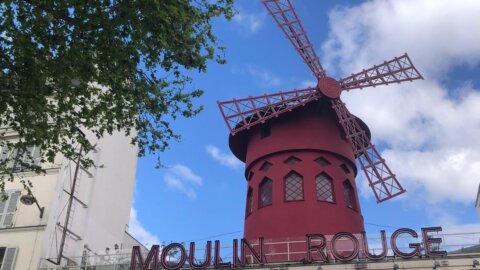To visit the Monster today just a few mouse clicks on the Chernobyl Tours website, choose an excursion among the various proposals, add any options such as a dosimeter and pay the affordable sum of 150 dollars: a day of strong emotions is guaranteed, Chernobyl is only a couple of hours away from Kiev, the greatest catastrophe in the civilian history of nuclear energy is easily reached by bus with air conditioning.
Chernobyl, and everything around it, is actually today a black hole in the world, easy to reach, but which, concretely, nobody knows or wants to deal with due to the legacy of the explosion of April 26, 1986, a legacy that is difficult to quantify and even more complex to manage. Everything appears suspended and provisional and visiting the area today only increases the doubts about what this part of Ukraine placed under indefinite quarantine actually is.
THE ACCIDENT
When, in the night between 26 and 27 April 1986, a test was arranged on some equipment of the nuclear power station, apparently everything was under control: some safety systems had been deliberately disabled in order to carry out testing operations, but the test, as in a science fiction b-movie, began to escape the control of the technicians making the nuclear reactor unstable and impossible to cool. There was a very violent explosion which uncovered the reactor core, blowing off a thousand-ton containment lid and projecting the highly radioactive nuclear fuel into the air.
The explosion didn't seem very serious, it wasn't a nuclear explosion like that of an atomic bomb, but a chemical explosion with dispersed radioactive material. The direct deaths of the explosion were only two, one of which for heart problems, in the nearby city of Prypjat people observed the fire of the power plant from the roofs of the houses, admiring its fantastic colors, without knowing that they were caused by a very high radioactive pollution.
Nobody really knew it anyway in the USSR uncomfortable news was kept confidential to the bitter end: the first firefighters who rushed to put out the fires did not know it, who found themselves facing deadly doses of radiation without any protection and died in the following days and weeks. And the rest of the world knew nothing, until in Scandinavia anomalous doses of radioactivity were detected on the ground and in the air, triggering a food panic throughout Europe (with bans on the consumption of milk and vegetables) and forcing the USSR to admit nuclear disaster.
CHERNOBYL, PRYPYAT AND THE ZONE OF ALIENATION TODAY
The Chernobyl nuclear power plant was built in a sparsely inhabited area of Ukraine when this was still part of the USSR: the plant was supposed to economically develop a huge area as well as supply electricity to the Soviet empire and for this a city, Prypyat, was built, which would house workers and their families in comfortable Soviet apartments of a higher standard than the rest of the nation. Prypjat, unlike Chernobyl which has always been just a small village, was built with modern criteria at the end of the 70s, in parallel with the development of the Chernobyl plant, which is 3 km away as the crow flies: two hospitals one for children, two hotels, bars and restaurants, a shopping centre, a theatre, a house of culture, a multifunctional centre, an Olympic-size indoor swimming pool with a diving platform. At the time of the explosion of the plant, the city had about 50 people and everyone was preparing for the May 1st celebration, a very heartfelt anniversary in the Soviet Union, so much so that a new playground had been set up with a Ferris wheel and a bumper car.
At the time of the explosion, the authorities quickly realized the danger that the city was in, which would certainly have been hit by the radioactive cloud with potentially catastrophic consequences for the population and they decided on a mass evacuation for April 27, bringing in buses to transport people. The evacuation of Chernobyl, Prypyat and neighboring villages involved about one hundred thousand people, the population was told that it would be a temporary precautionary measure, and that it was necessary to bring only a few things with them and some food until the return.
In reality, no one ever returned to Prypyat or Chernobyl, nor in the villages of the area for a radius of about 30 km around the plant.
It is the so-called exclusion zone, still in force today, which extends precisely around the plant, and which is forbidden to anyone, even if there are numerous exceptions. Prypjat and the villages were totally abandoned but it is not correct to say that today they remained exactly as they were left: once the population was evacuated, we tried to understand if a decontamination of the area could be carried out, but we soon realized the impossibility of the work . An attempt was made to wash the buildings with fire hydrants and the "liquidators" intervened, teams of workers who for years have cleaned the buildings and all the apartments, throwing away most of the transportable material (furniture, household appliances, cars, etc.) it was then buried in the forests of the area.
Eventually Prypyat was totally abandoned, keeping only the Chernobyl village alive for the personnel involved in the plant's decommissioning, which is still ongoing. Thieves and risk takers have visited the city over the years, stealing what was left like pipes and radiators, which were then illegally sold who knows where despite being contaminated material. Small families have illegally returned to some dilapidated houses in abandoned villages, but they are only elderly people who have come to die in their old homes.
About 1.500 people now reside in the town of Chernobyl, and work 15-day shifts to work at the plant, after their shift, they leave the alienation zone for at least two weeks: in the town there is a hostel that serves as a hotel, two modern canteens, a post office, commemorative monuments and two shops that are food outlets that seem to come straight from the Soviet era, they sell pickles, a few bottles of beer and use an abacus to do their math. Some of the residents occupy abandoned apartments after the evacuation of the area.
The entrance to the exclusion zone is guarded around the perimeter, which looks more like a polygon than a circle around the plant, access to the area is possible only after obtaining a permit from the Ukrainian authorities, but you cannot get there on your own. The easiest way to access it is precisely buy a tour from Kiev, choosing an official operator however, as there are illegal tours that enter the forbidden area secretly but do not guarantee the same level of security as the official tours. Thrill-seekers even organize ghost town night tours, staying in the vacated apartments for a truly creepy overnight stay.
The official tour operator takes care of the bureaucratic part, transports visitors to the forbidden area and informs about safety procedures: you do not sit on the floor, you must wear long sleeves and long trousers to avoid any direct contact with the skin, do not you also smoke outdoors, which seems a paradoxical danger given where you are. A dosimeter is also provided, a portable geiger counter that warns of radioactivity, emitting sounds when a risk threshold is reached.
It would be forbidden to enter the buildings, but since that is the most exciting part of the visit, no one gives up, perhaps after a small tip to the guide, and it is actually a very strong emotion to see the lives of others interrupted, often with the furniture of the house, the shops with abandoned merchandise, schools with abandoned desks and books, with communist party posters and Soviet slogans on the walls, crystallized as in a time capsule. Stand on a rooftop to look at the plant just as the city's inhabitants did the day of the explosion hints at how close the danger was. The buildings in Prypyat are in danger, and someone has already fallen, hence the ban on entry: bad Soviet construction and the continental climate, combined with lack of maintenance, are leading to the collapse of the buildings.
WHAT HAS BEEN REMAINED OF THE EXPLODED PLANT?
Contrary to what one might think, the Chernobyl plant was not abandoned after the explosion, but even continued to operate until the early 2000s. The plant consisted of 4 reactors and two more were in the process of being built. The one that exploded is reactor 4, while number 1, 2 and 3, which is physically attached to reactor 4, have continued to operate for years. The 2 was stopped, after a fire, in 1991. The construction of two more modern reactors, the 5 and the 6, had been planned, which were never finished, their construction was suspended after the explosion as it was not possible to decontaminate such a large site. The incomplete but nevertheless gigantic cooling towers are today an industrial archeology testimony of the accident and symbol of impotence in this area: the towers are too big to be dismantled or decontaminated and are too radioactive to be used in any other way, for example for extreme bungee jumping, as was also proposed in the desperate search for a reuse of these structures.
A new containment building was built on the plant itself, or rather on reactor 4 which exploded in 2016, which incorporates the one built in a hurry in the 80s and which was crumbling, risking causing a new dispersion of radioactive material. In fact, tons of highly radioactive material mixed with nuclear fuel still lie inside the plant, in fact it is not yet possible to completely "turn off" the plant and the new containment building should allow decontamination work in safety. The new building is expected to last a hundred years, but no one yet knows exactly what will happen next and whether the plant will be able to be cleaned up in the meantime.
The new building is a colossal arch one hundred meters high, costing one billion euros and built only thanks to international collaboration: the immense scale of the devastation that can be perceived on the spot makes one understand the impossibility of a total decontamination of the area, perhaps only possible with enormous expenses that Ukraine alone cannot bear.
DUGA, THE SECRET WEAPON POWERED BY CHERNOBYL
One of the most incredible legacies of the Chernobyl explosion has been the discovery that the nuclear power plant powered a secret weapon. In fact, it seems that 10% of the energy produced was directed towards a military structure called Duga ("bow" in Russian), a gigantic radar antenna capable of detecting American nuclear missiles. Its true function and duration of use is actually still partially shrouded in mystery today, it is certainly known that in 1989 it was no longer possible to pick up its very powerful radio signal, which was heard as far as the USA. Even this site has immense dimensions, despite having been very secret: a huge metal grate 150 meters high and almost 800 meters long was placed in the forest not far from the plant. Access was not only secret, but actually manned and disguised, a fictitious station for imaginary school buses had in fact been built on the entrance road, just to divert any curious ones, and on the maps the area was marked as a "summer camp" even if the gigantic antenna was clearly visible from the roofs of Prypjat.
Unlike other military bases scattered throughout the Soviet territory, this one has not been looted as it is located inside the interdiction zone and is a true icon of the Cold War: there are still old wardrobes full of 80s technology, classrooms where the 1500 soldiers of the base were trained, with the inevitable Soviet posters, and still well-kept apartments, where the staff and families lived at the time of the functioning base. The antenna is still practically intact even if the rust is starting to be very visible: it is not possible to disassemble it and recover the iron due to the radioactivity and also on the fate of this colossal structure there are no certain plans, someone had even hypothesized to exploit it as support for wind turbines. Visible miles away, Duga is yet another unintentional monument to the tragedy found in the exclusion zone.
RADIATIONS TODAY
The question that everyone asks when visiting the area is obviously related to the radiation still present and its level of danger. Unfortunately, giving an answer is complicated, because tIt all depends on the duration of exposure to radiation and its intensity. This is not absolutely constant, it varies greatly even moving a few centimeters: during the visit, for example, an iron cylinder is shown resting on the ground in a meadow with little radioactivity, but by bringing the dosimeter close to the iron it is easy to detect very high doses of radiation and it is for this reason it is forbidden to touch most things. There are safe zones and "pockets" of radioactivity even in buildings, where the hospital cellars, for example, cannot be visited because they are too radioactive. Even the roads can be safe or not, the minibus that takes visitors to the area in some points accelerates to full speed while the dosimeters on the people go crazy due to the high levels present only in that stretch.
The important thing is however do not stay in high radiation places for a long time, this seems to be the only viable solution.
Even on this topic there are no official certainties, such as for example the deaths caused by the explosion: the most likely ascertained figure of direct and indirect deaths is about 60 people, even if there are 4000 people believed to have died over time from radiation absorbed after the explosion. The figures that speak of tens of thousands of deaths are unreliable or unverifiable, as it is not easy to relate cancer cases to radiation suffered, distinguishing them from natural deaths.
It is impossible to decontaminate the area since a part of the ground would have to be removed up to a certain depth over a very large area. Buildings cannot be demolished due to the danger of raising and spreading radioactive dust, for the same reason it is not possible to easily build new structures, in the town of Chernobyl occupied by plant workers, for example pipes and ducts are built above ground level, digging is risky.
Those who work in the area are fatally resigned and as the only form of prevention he uses shifts to work in the area, everyone says that after a while they no longer care about the values of the dosimeter, and on the other hand the higher salaries paid in this area of Ukraine, a country certainly not rich, they are coveted by many.
In return nature after 30 years of complete abandonment is totally recovering the spaces once occupied by man; in Prypjat it is now difficult to walk around the streets cluttered with trees that have grown up in the middle of the asphalt and even on some roofs, and it is impossible to distinguish the buildings among the foliage of the trees where once there were squares and flowerbeds.
Wild animals have repopulated the area, and deer, moose, wolves, wild boars, hares and foxes reproduce undisturbed, becoming an attraction for tourists.
Other attraction are the huge catfish of the river, refreshed by the bread thrown away by visitors to the area, fishing is obviously strictly forbidden, also due to the abandonment in the water of barges and boats that have become radioactive after having transported contaminated material. For a long time in the area there was also a huge cemetery of motor vehicles and even helicopters used after the accident and no longer reusable due to radiation.
They deserve a separate chapter the "dogs of Chernobyl", that is, those domestic animals descended from those abandoned during the evacuation: the inhabitants could not bring their own animals with them, which were slaughtered by the army. Many escaped this fate and their descendants are still present in the area, and often the workers of the area take care of them to feed them and make them survive during the harsh winter. For some years now voluntary organizations have been carrying out periodic sterilization and vaccination campaigns for these animals, almost always destined to die of starvation in an area totally abandoned by man.
The dogs, an area on the map that is forbidden to all, abandoned rubble and a monster with who knows what radioactive poisons are still inside the legacy of the Chernobyl accident, even if the consequences worldwide have been above all psychological: since then many have had second thoughts about the use of nuclear energy and several countries have abandoned or reconsidered it even in the absence of a valid alternative, in a sort of suspended time without knowing exactly what to do, exactly like the exclusion zone in Ukraine.

